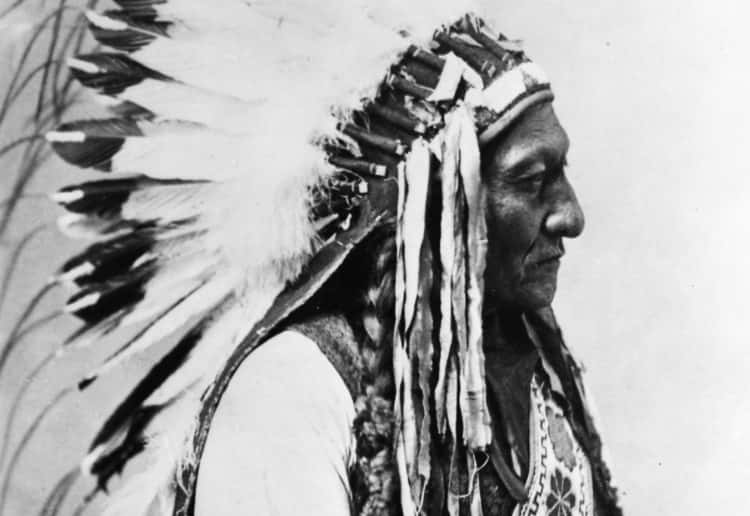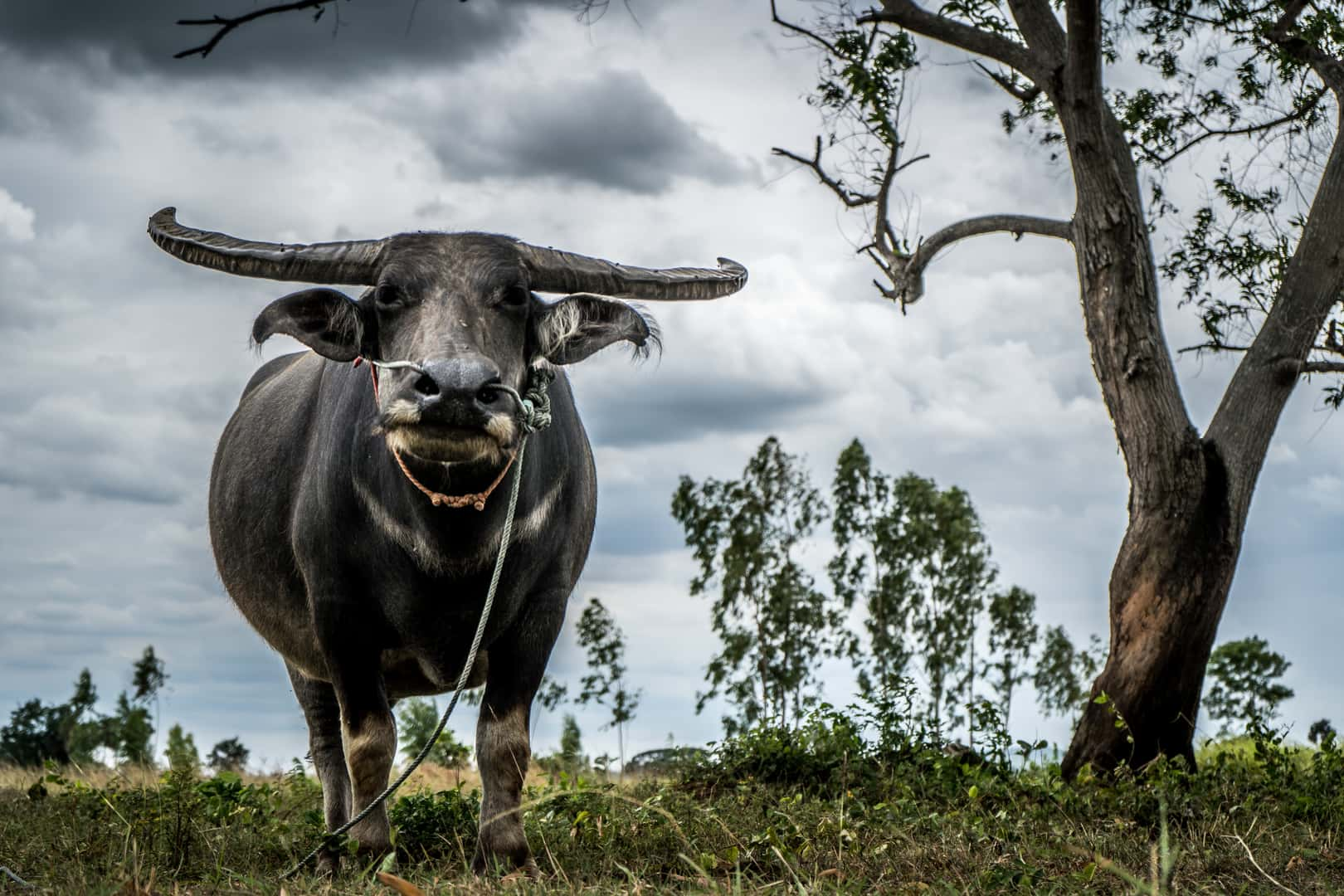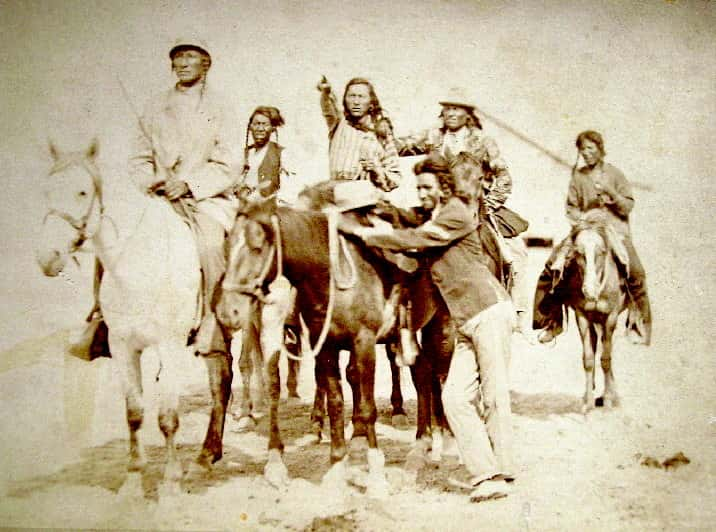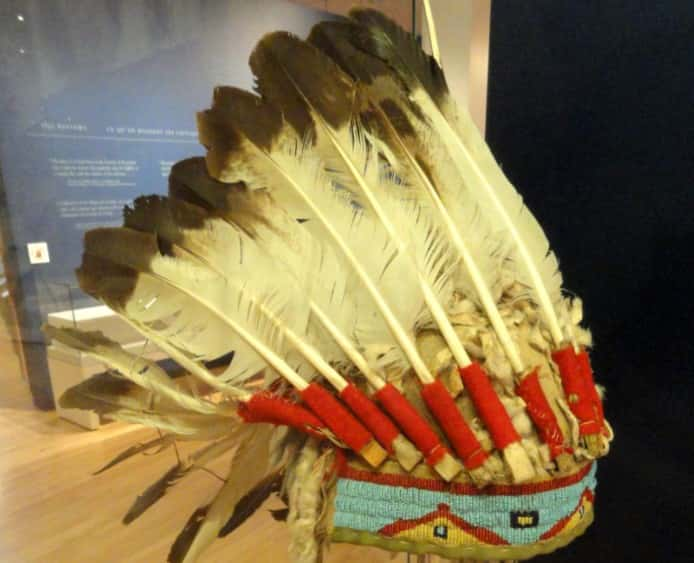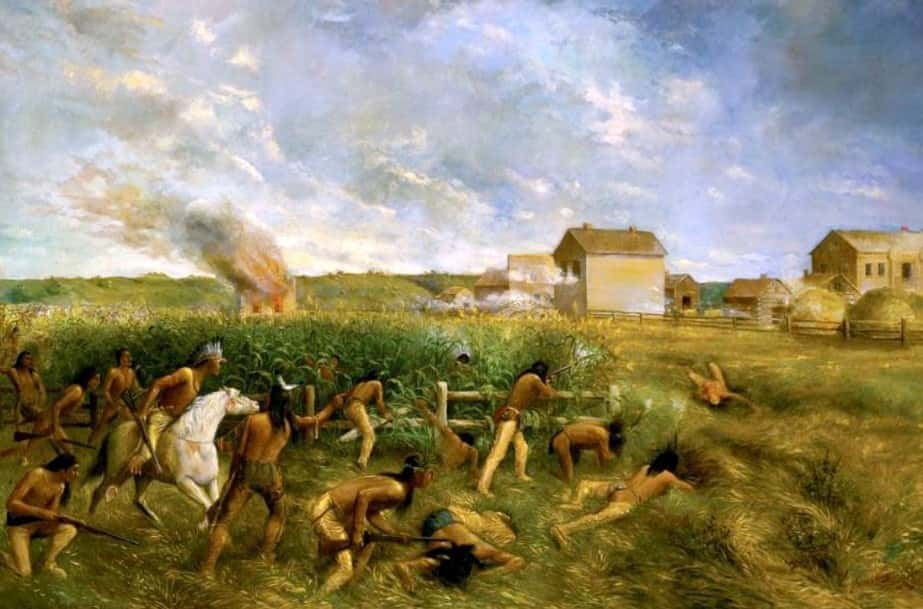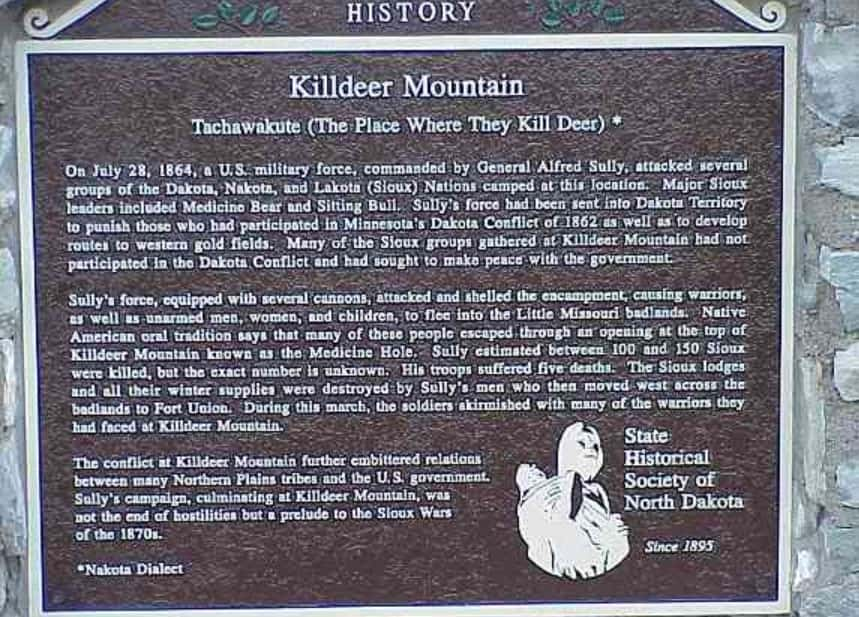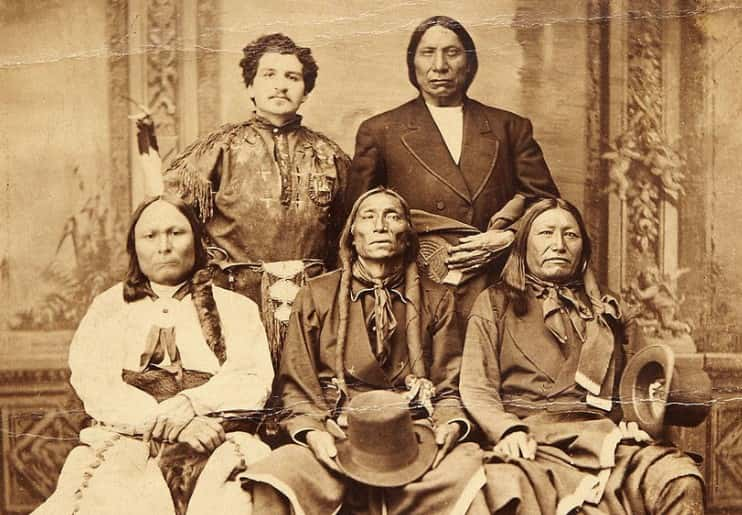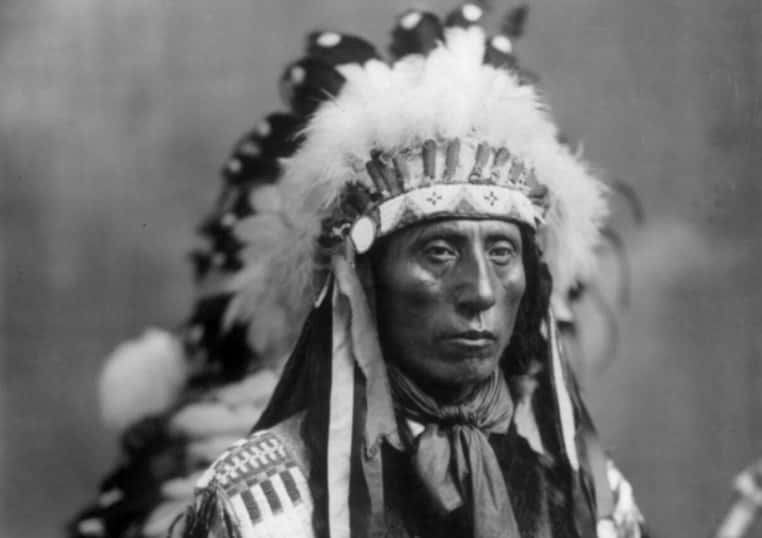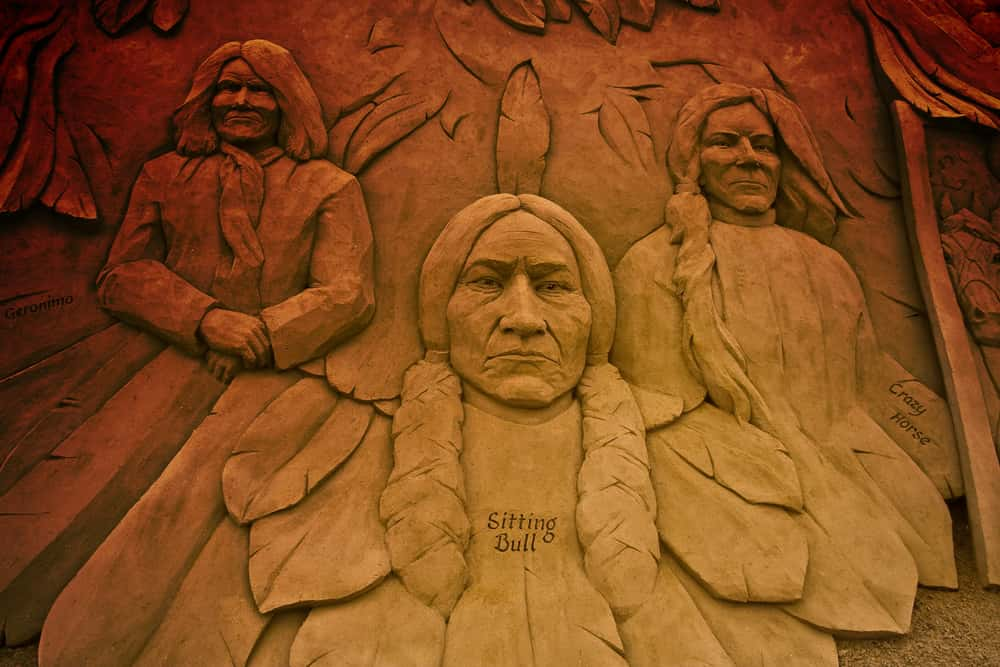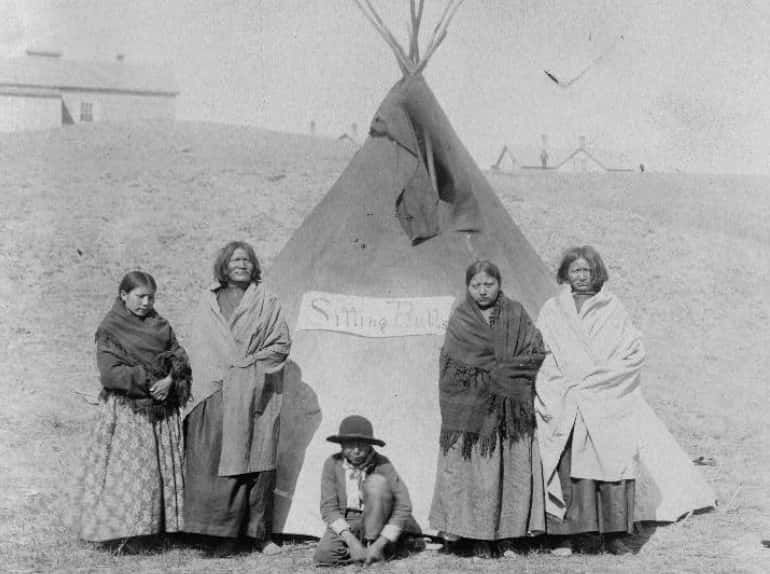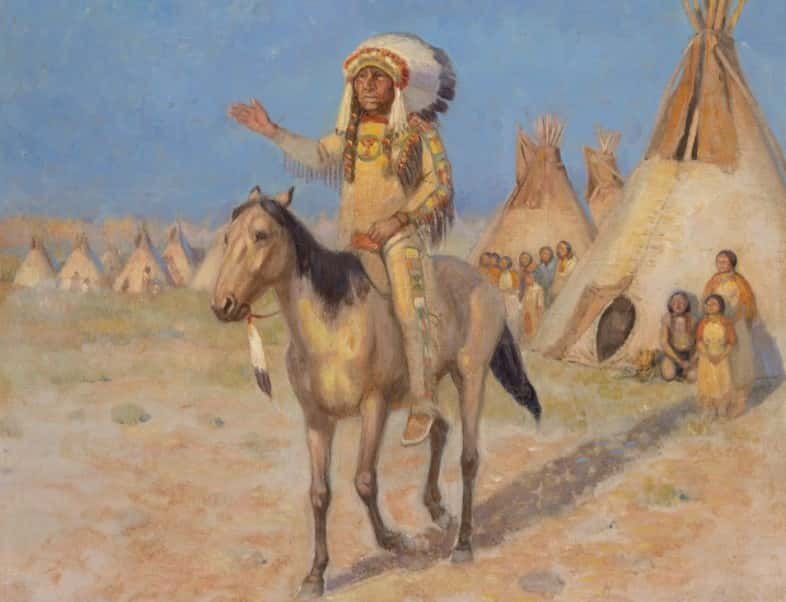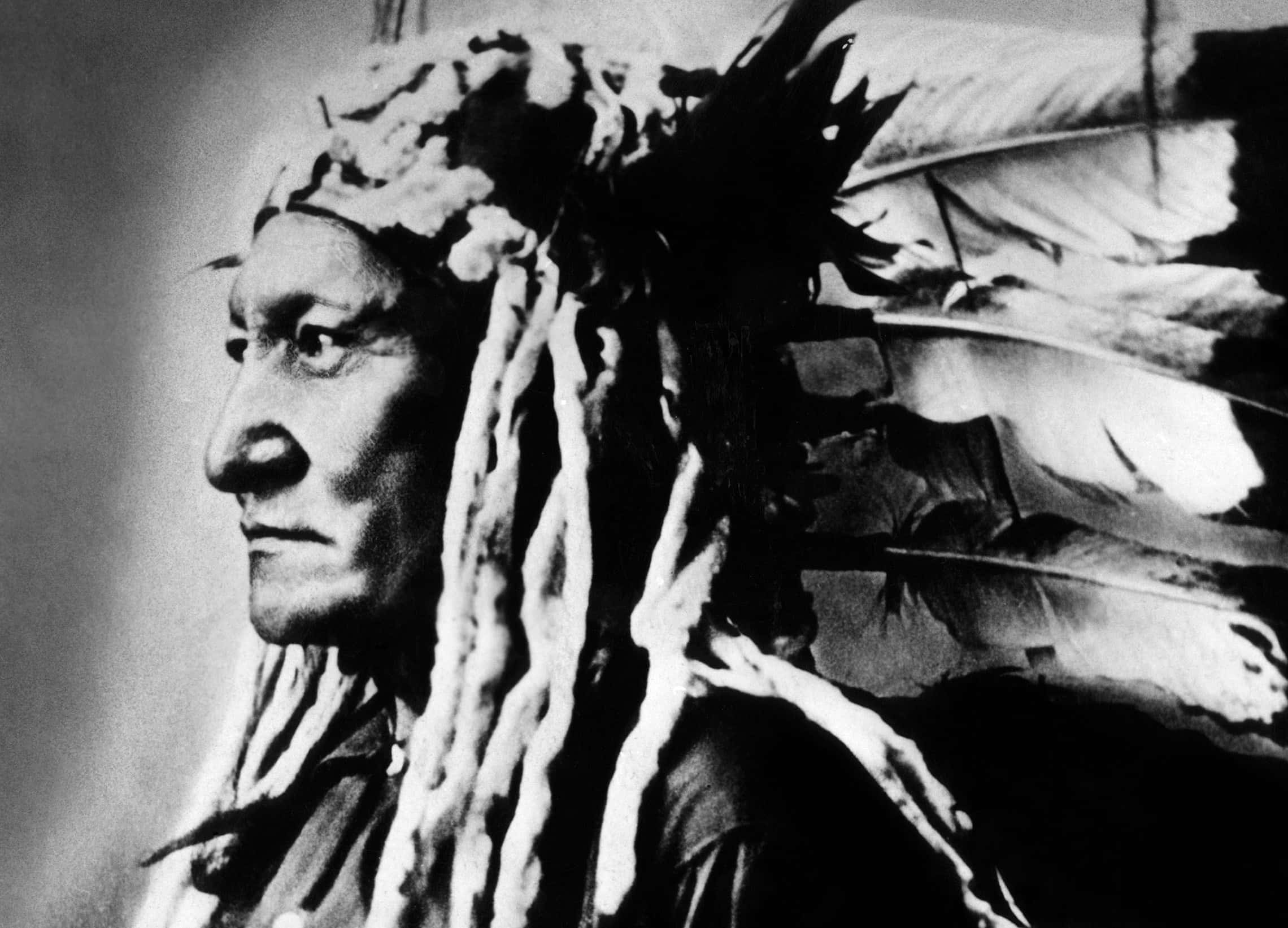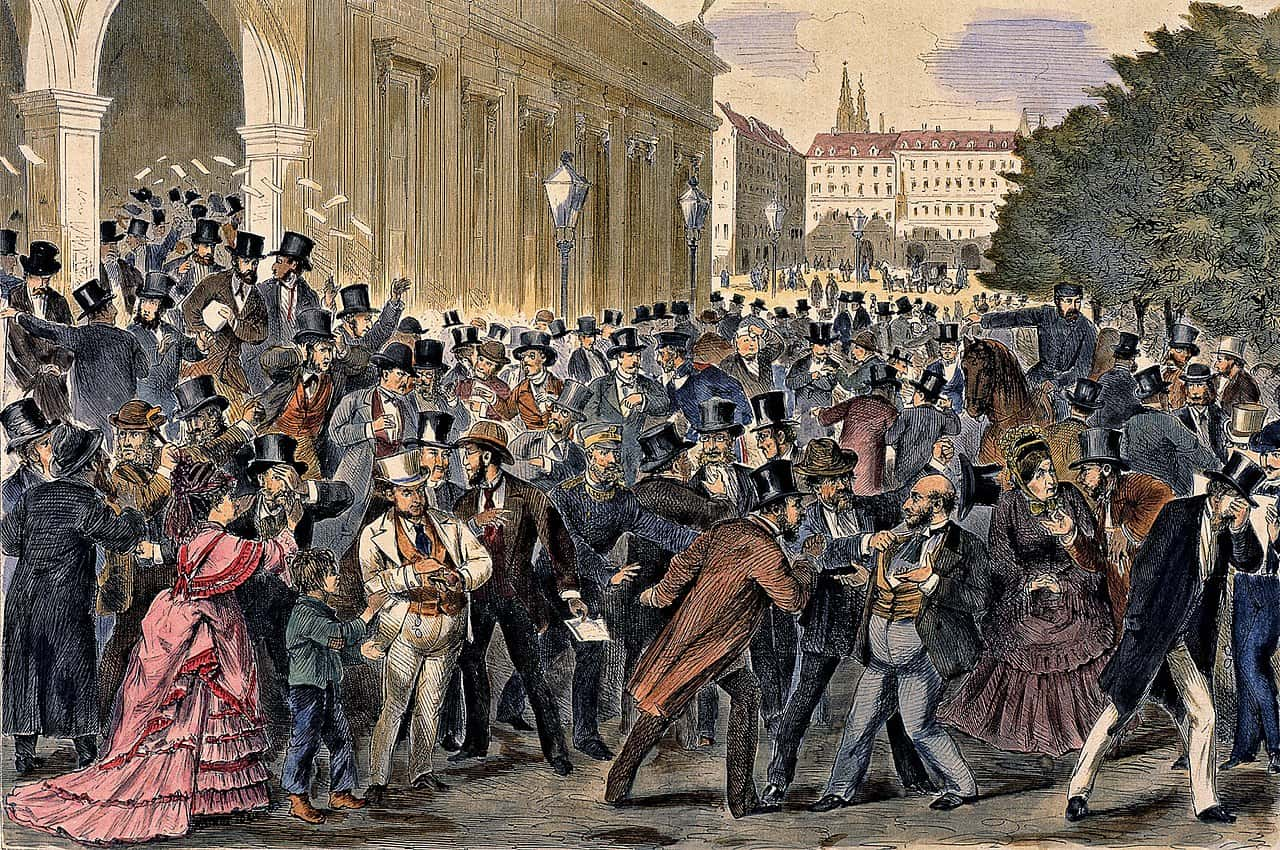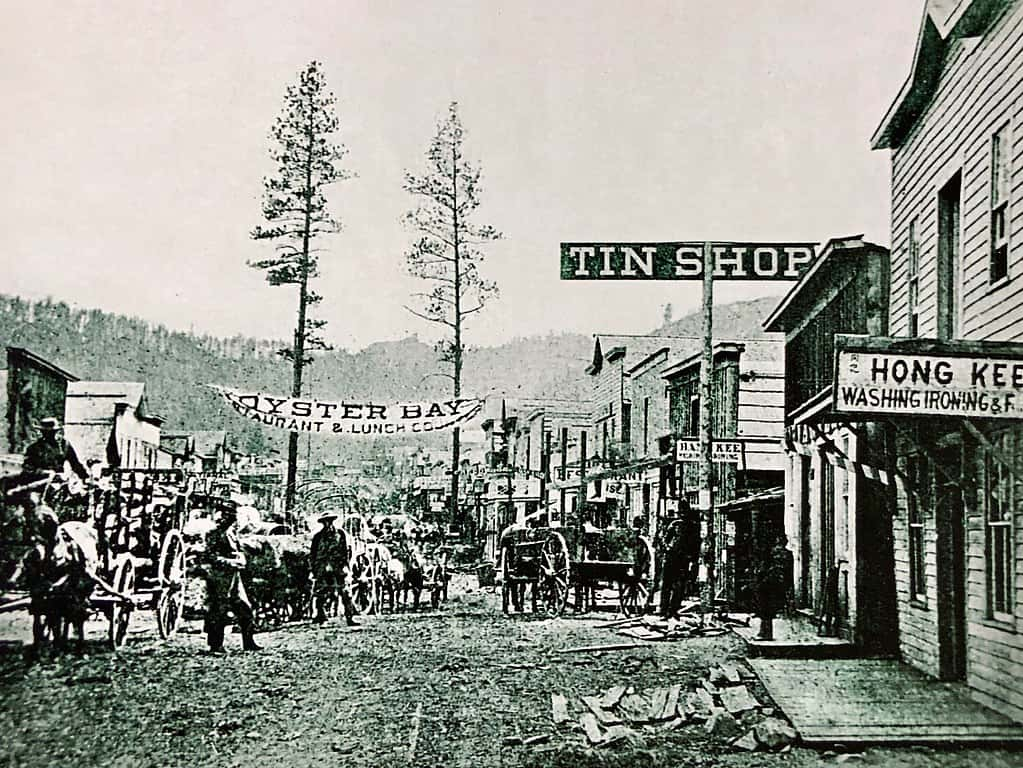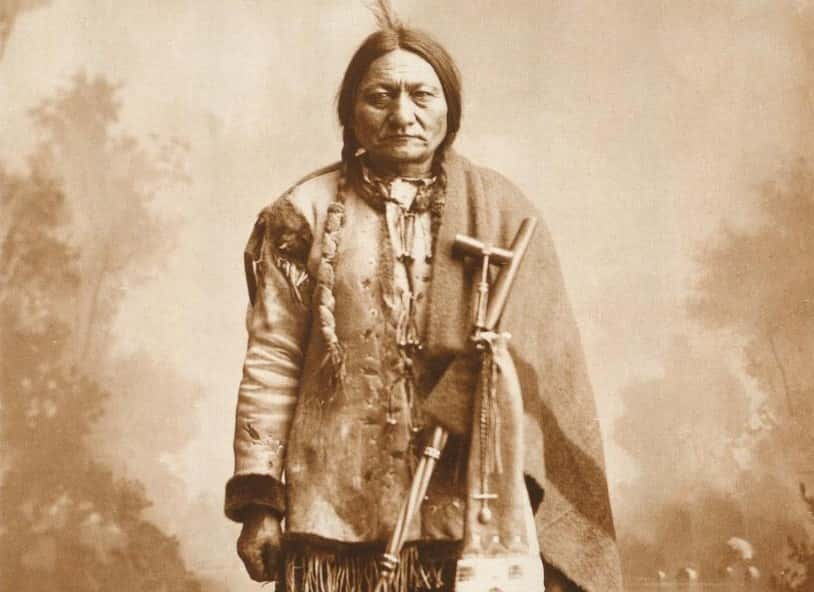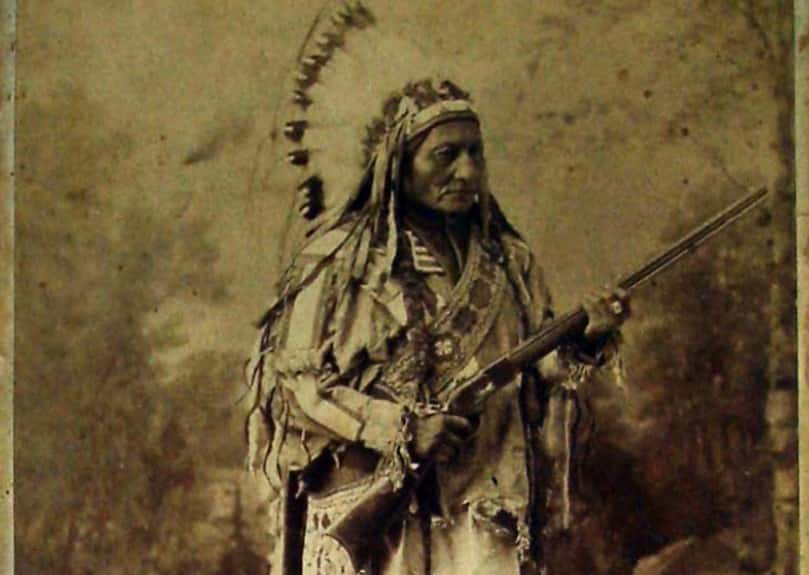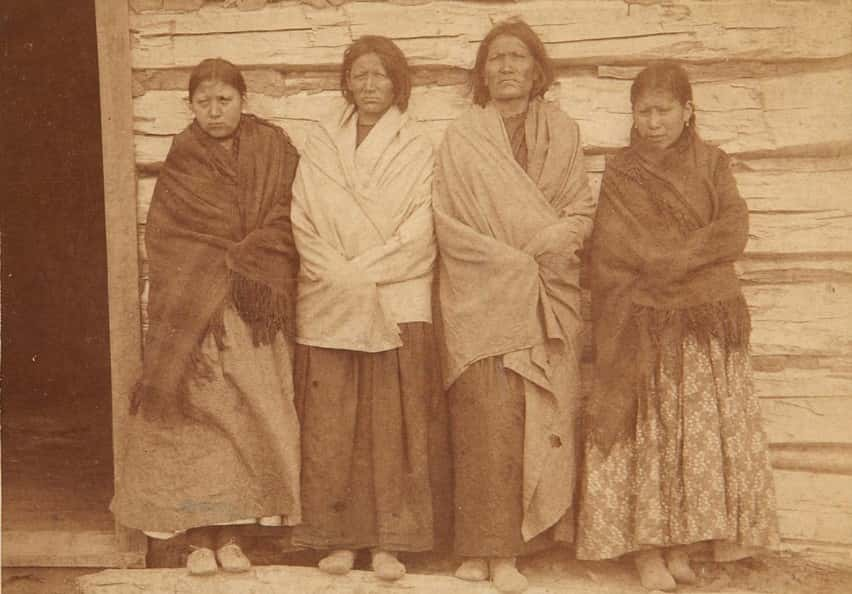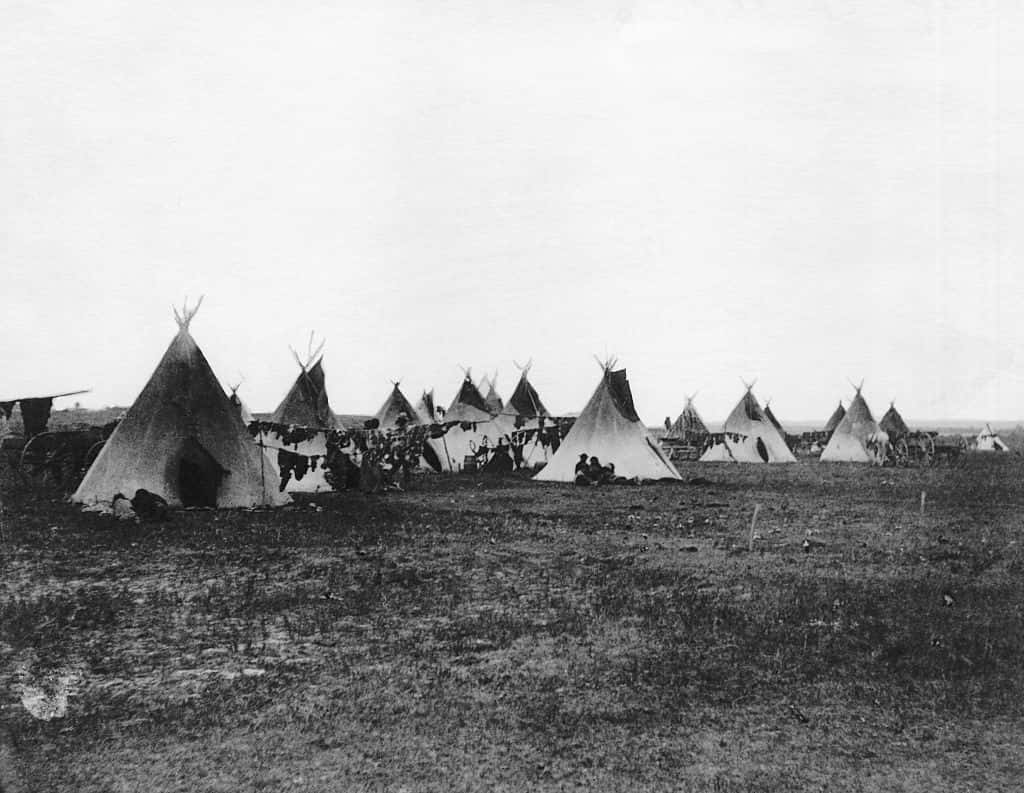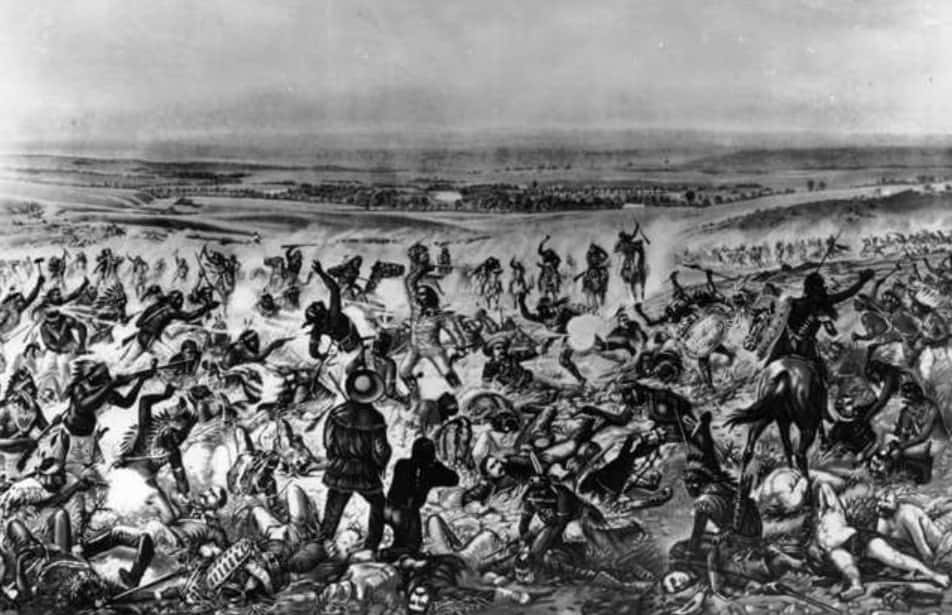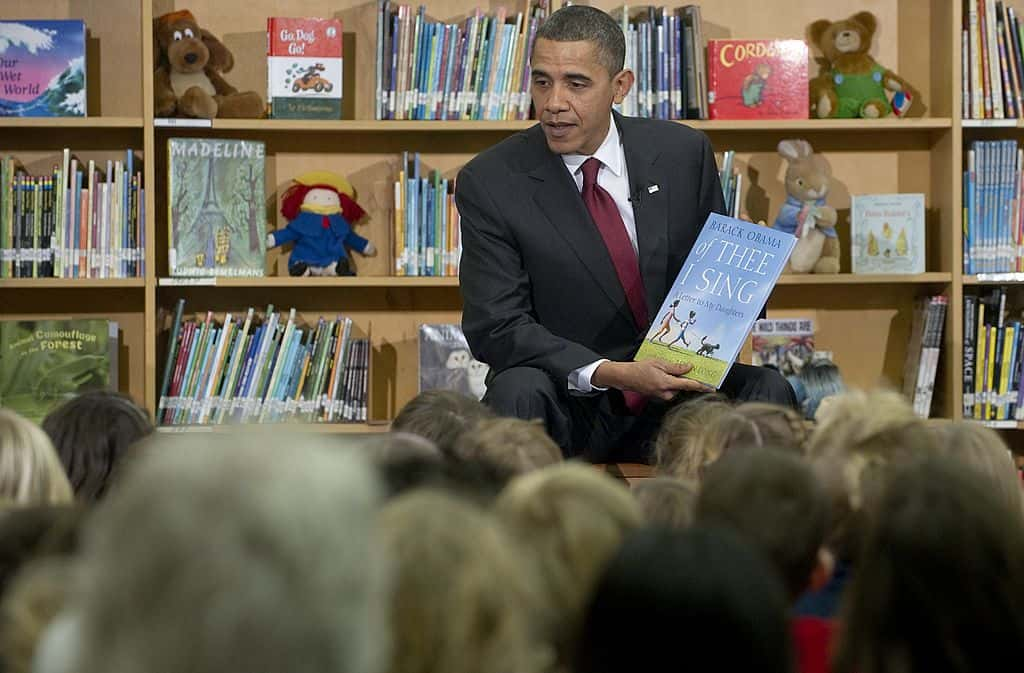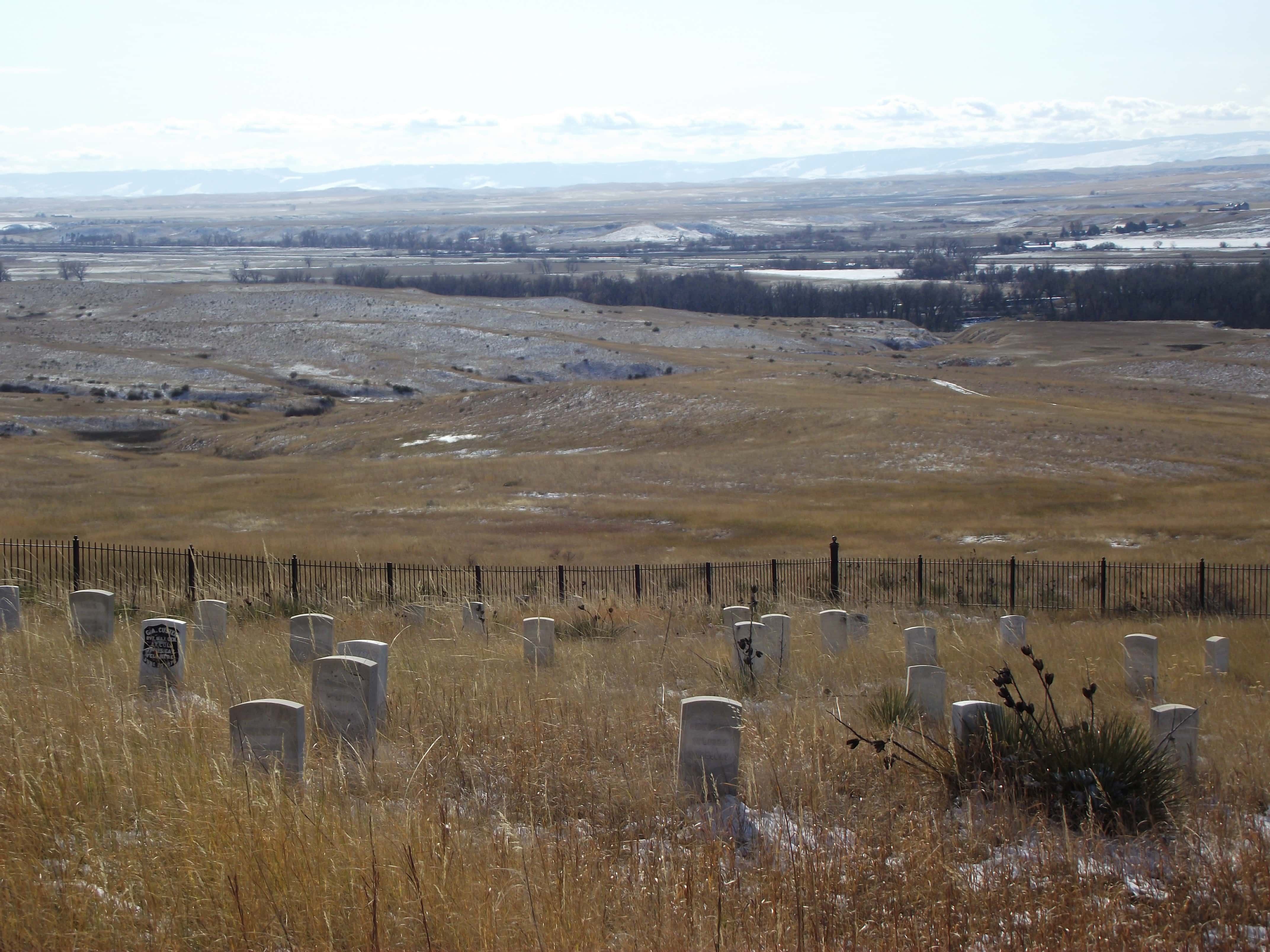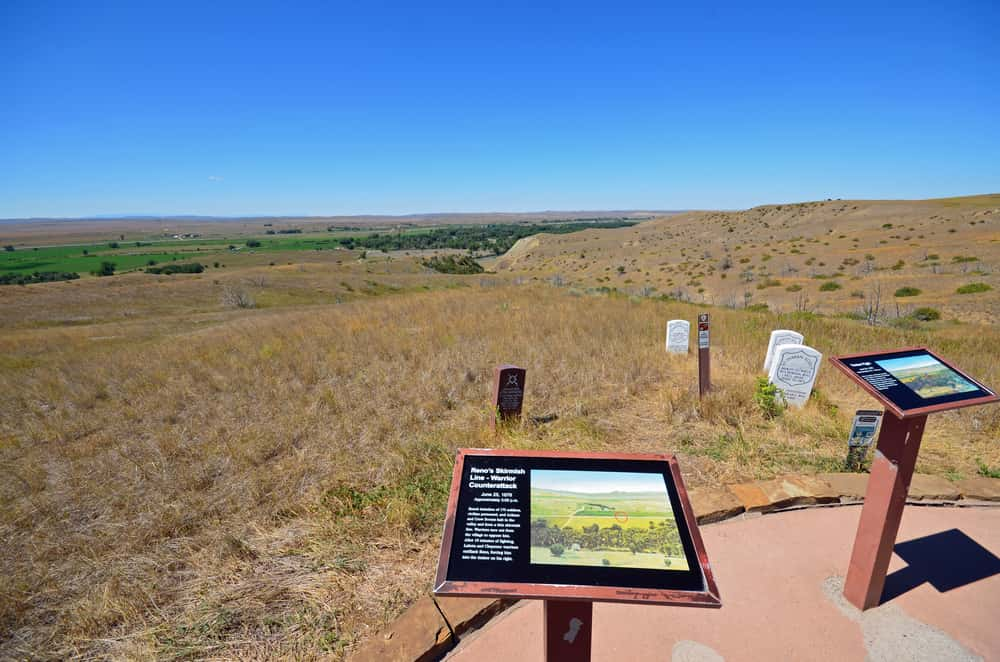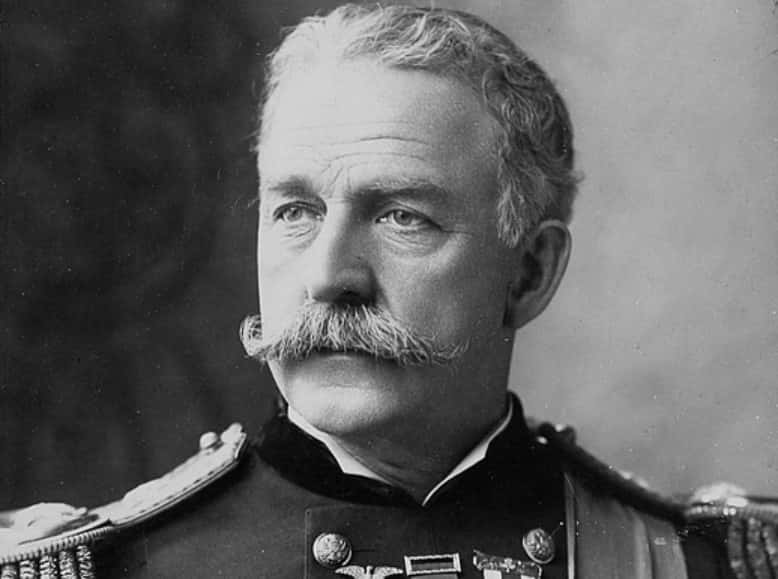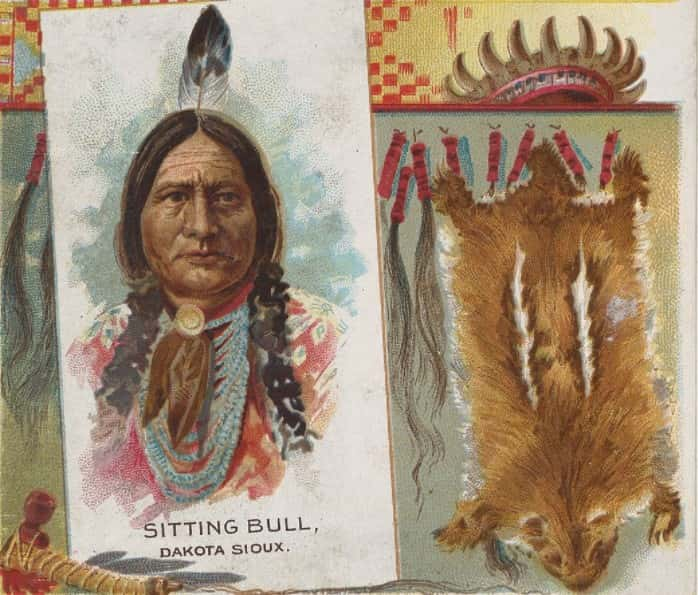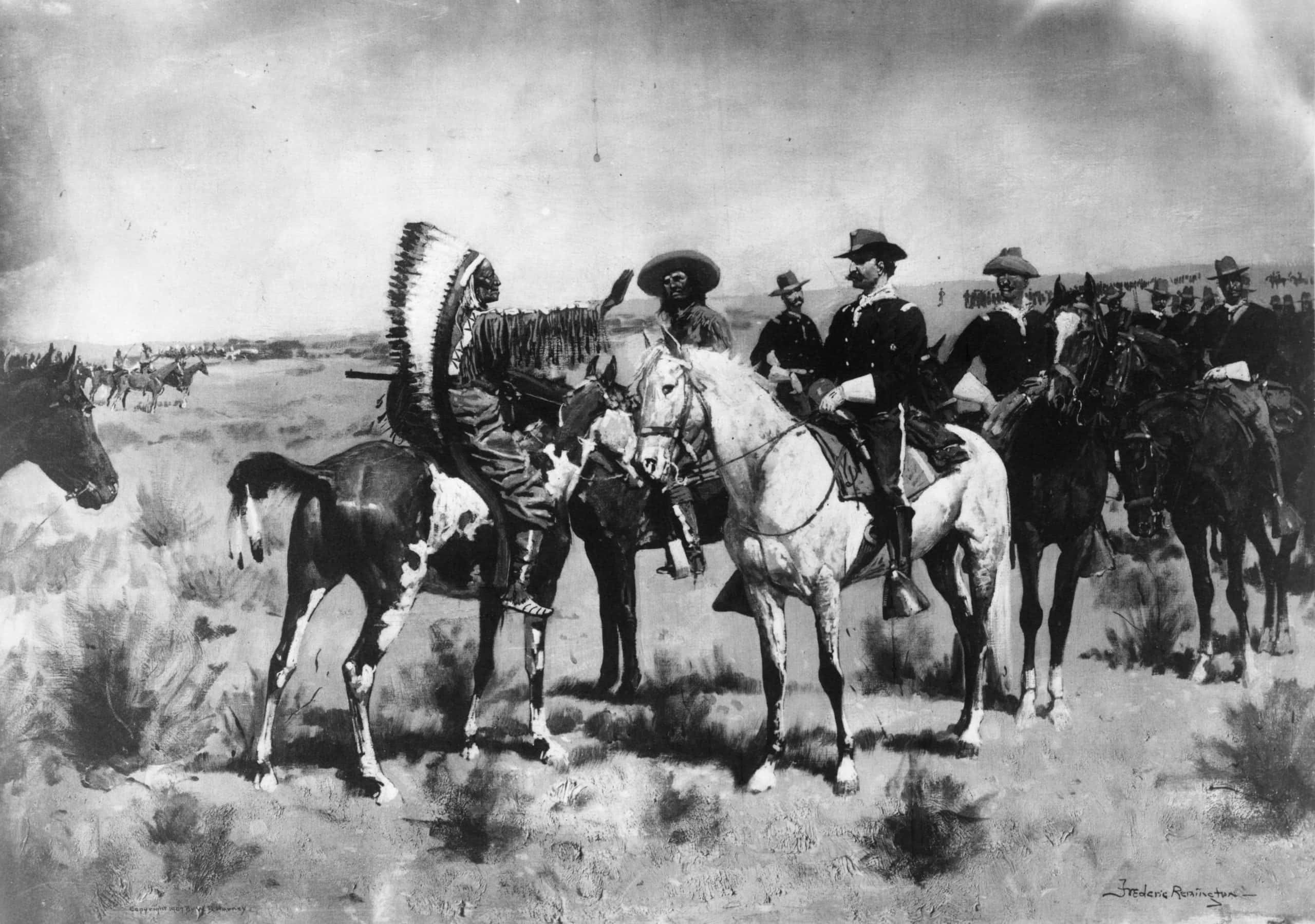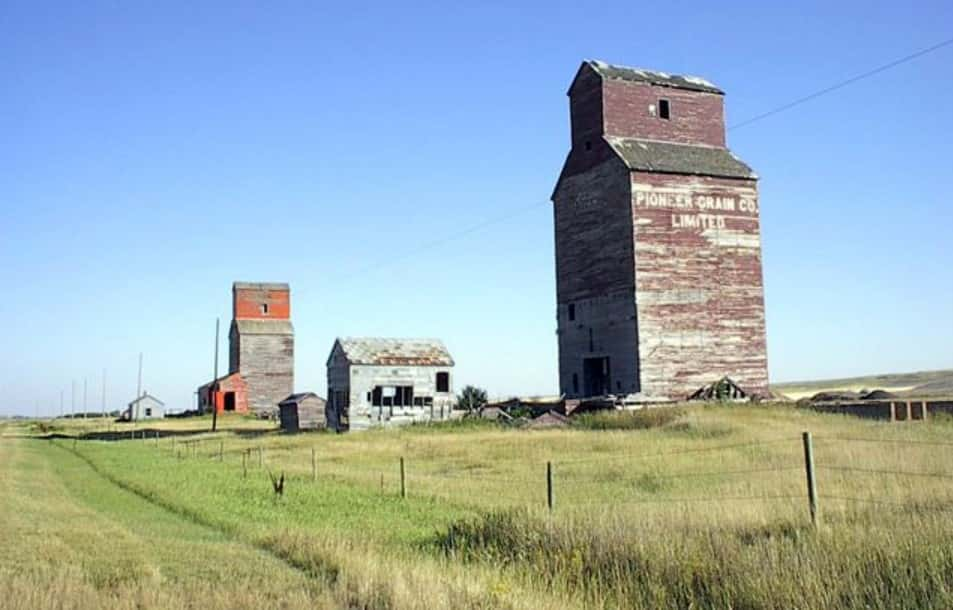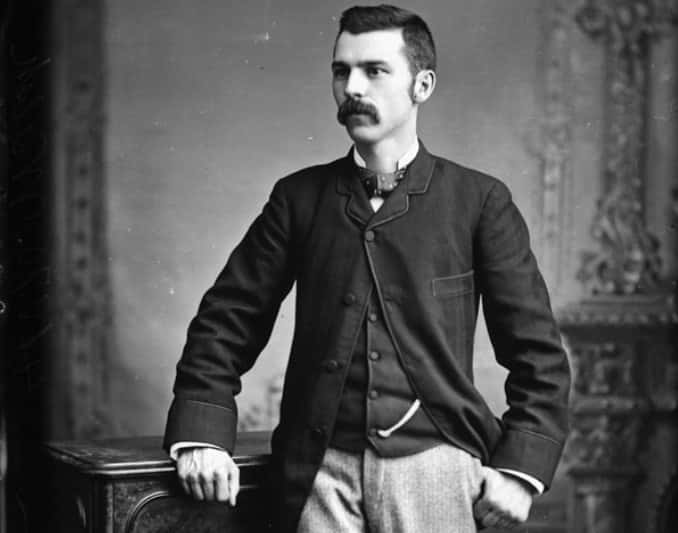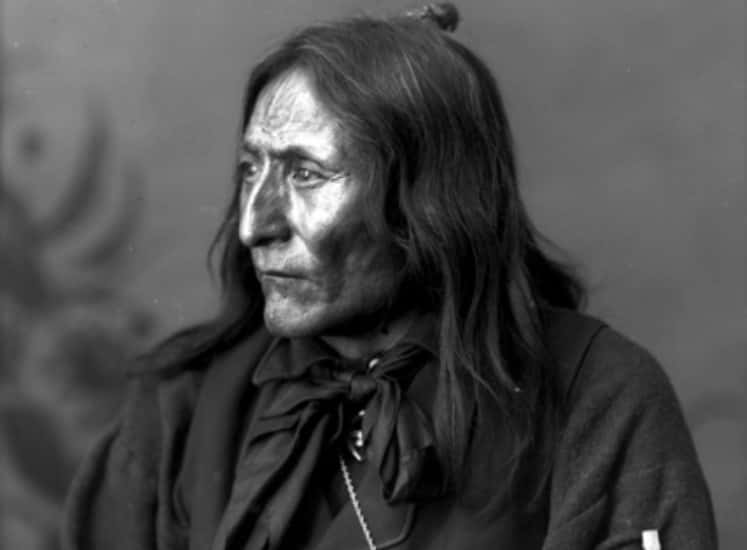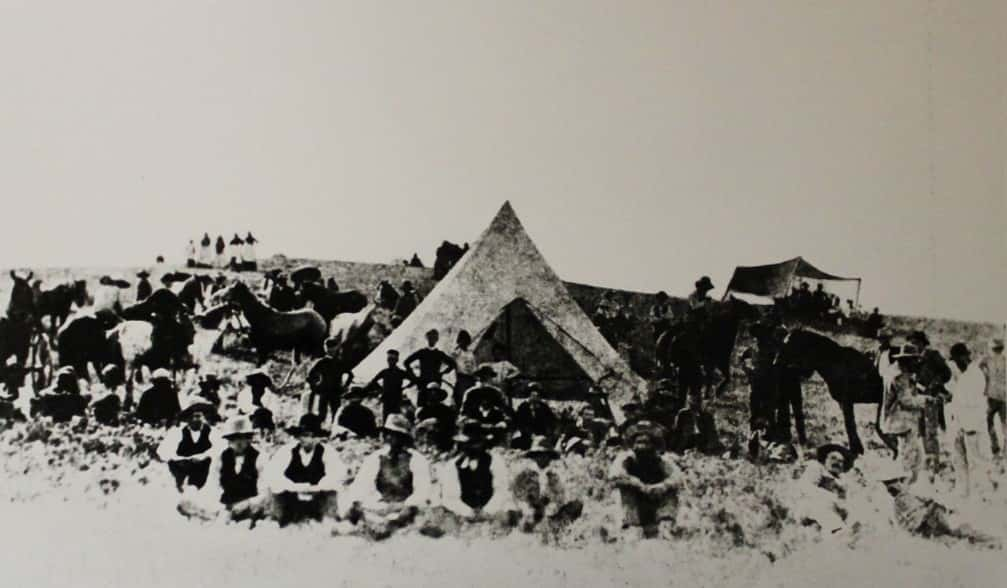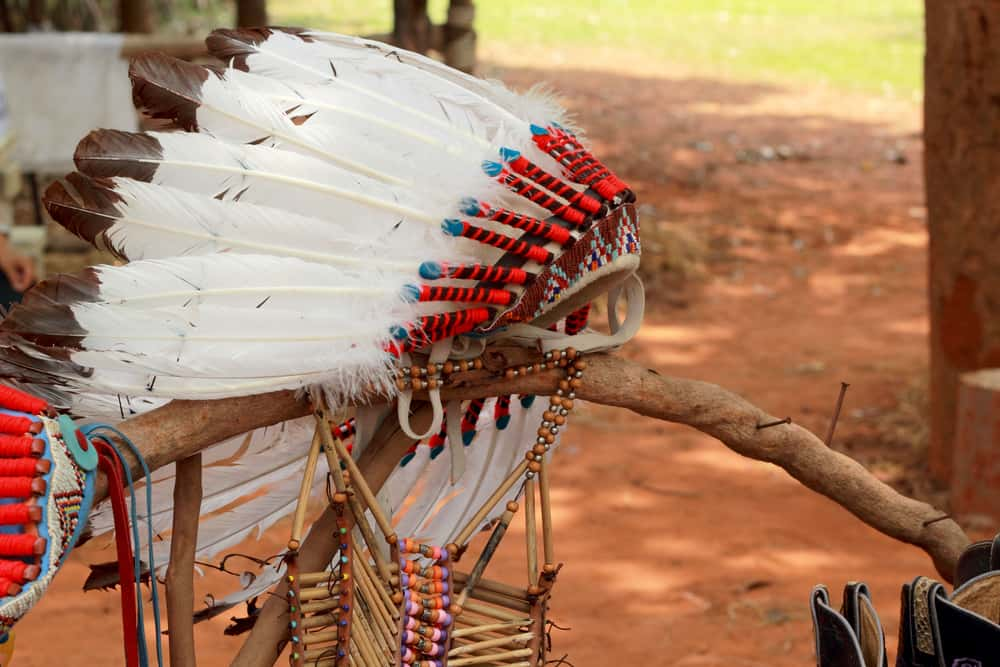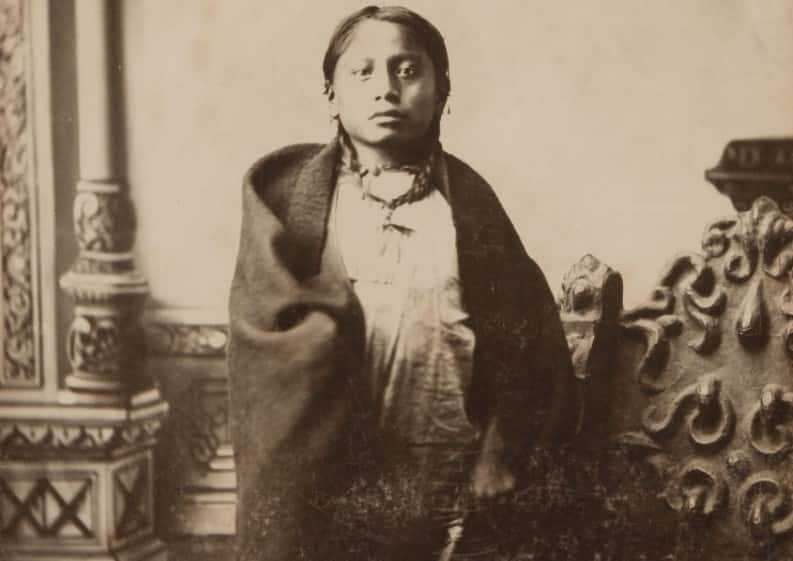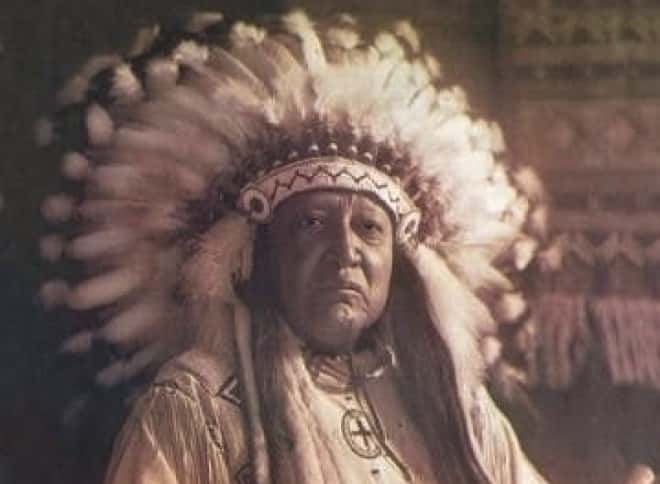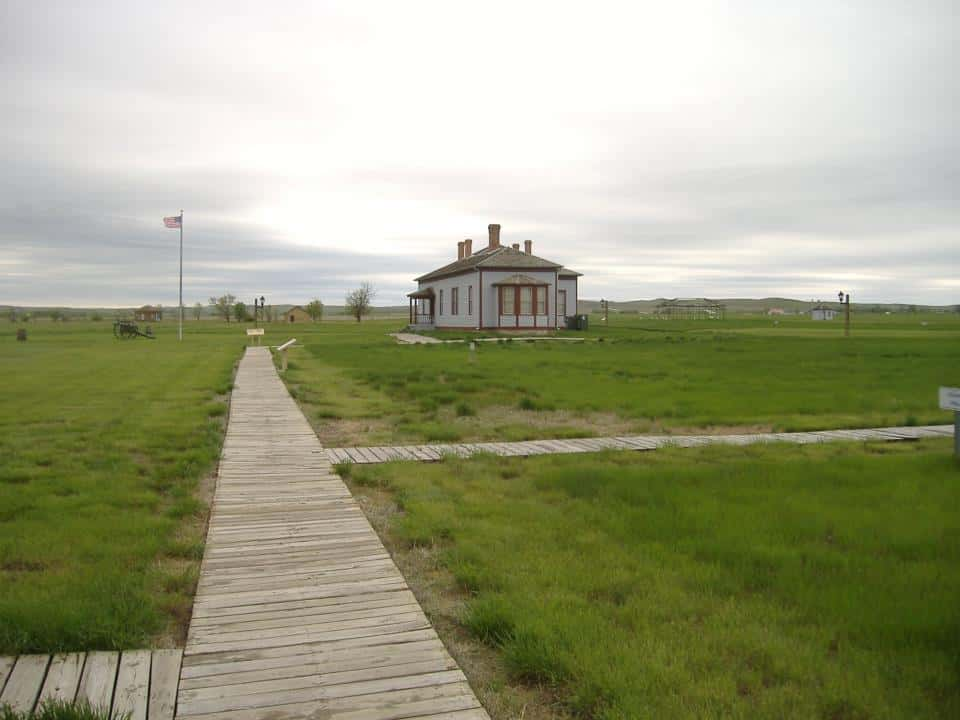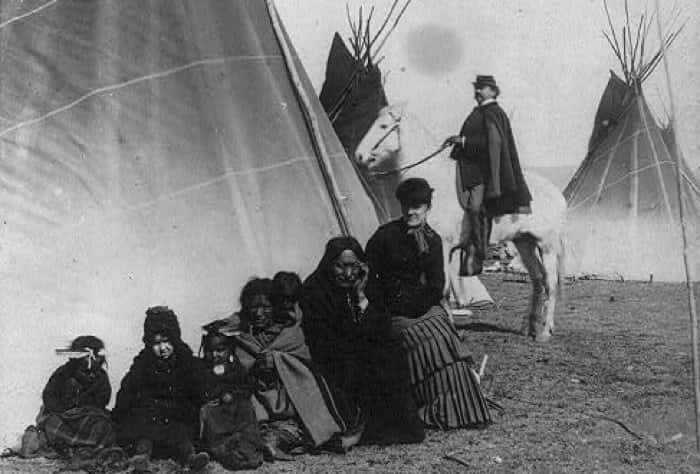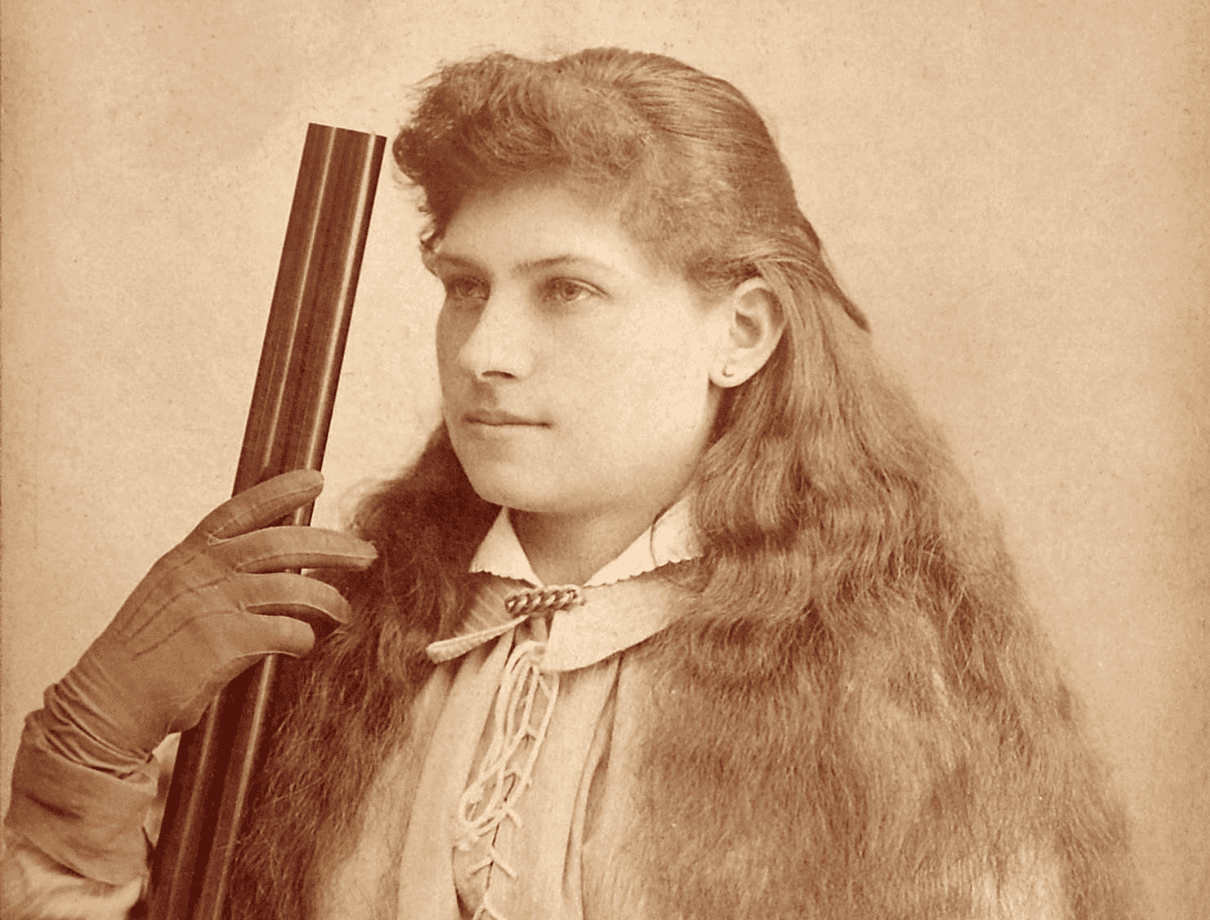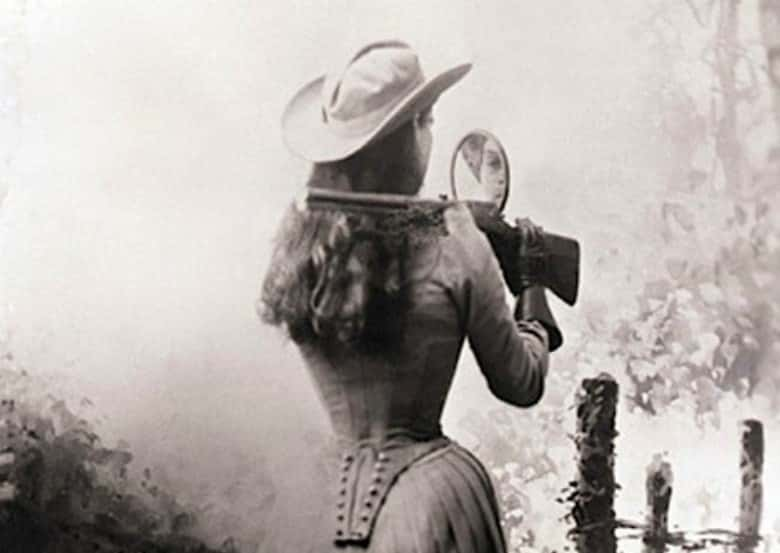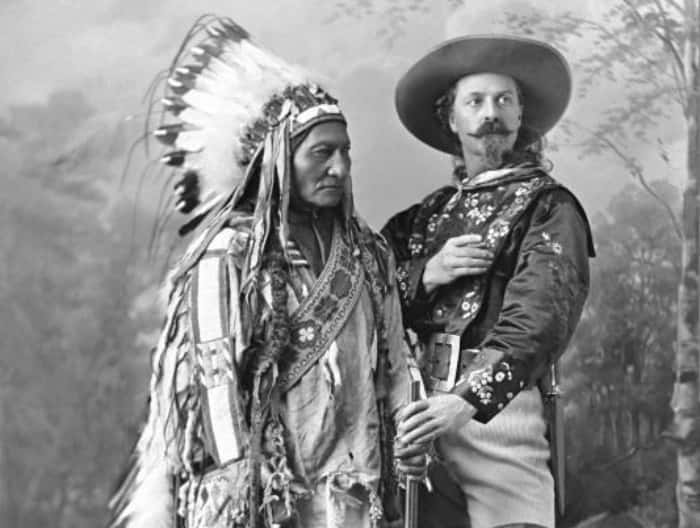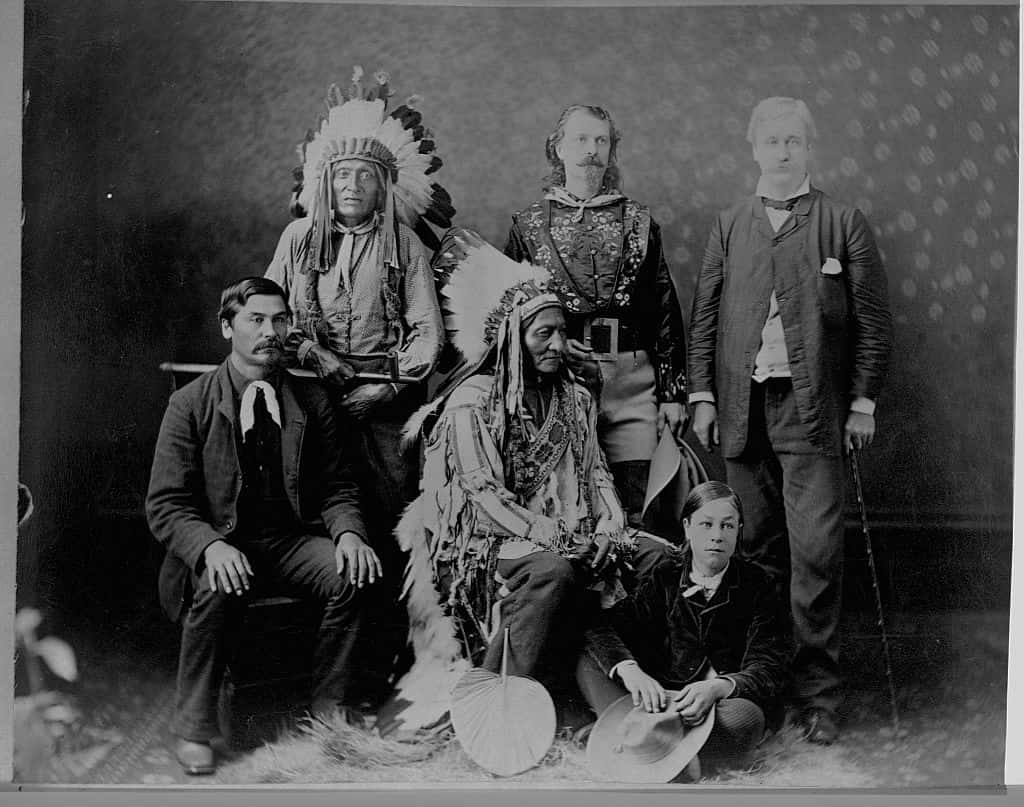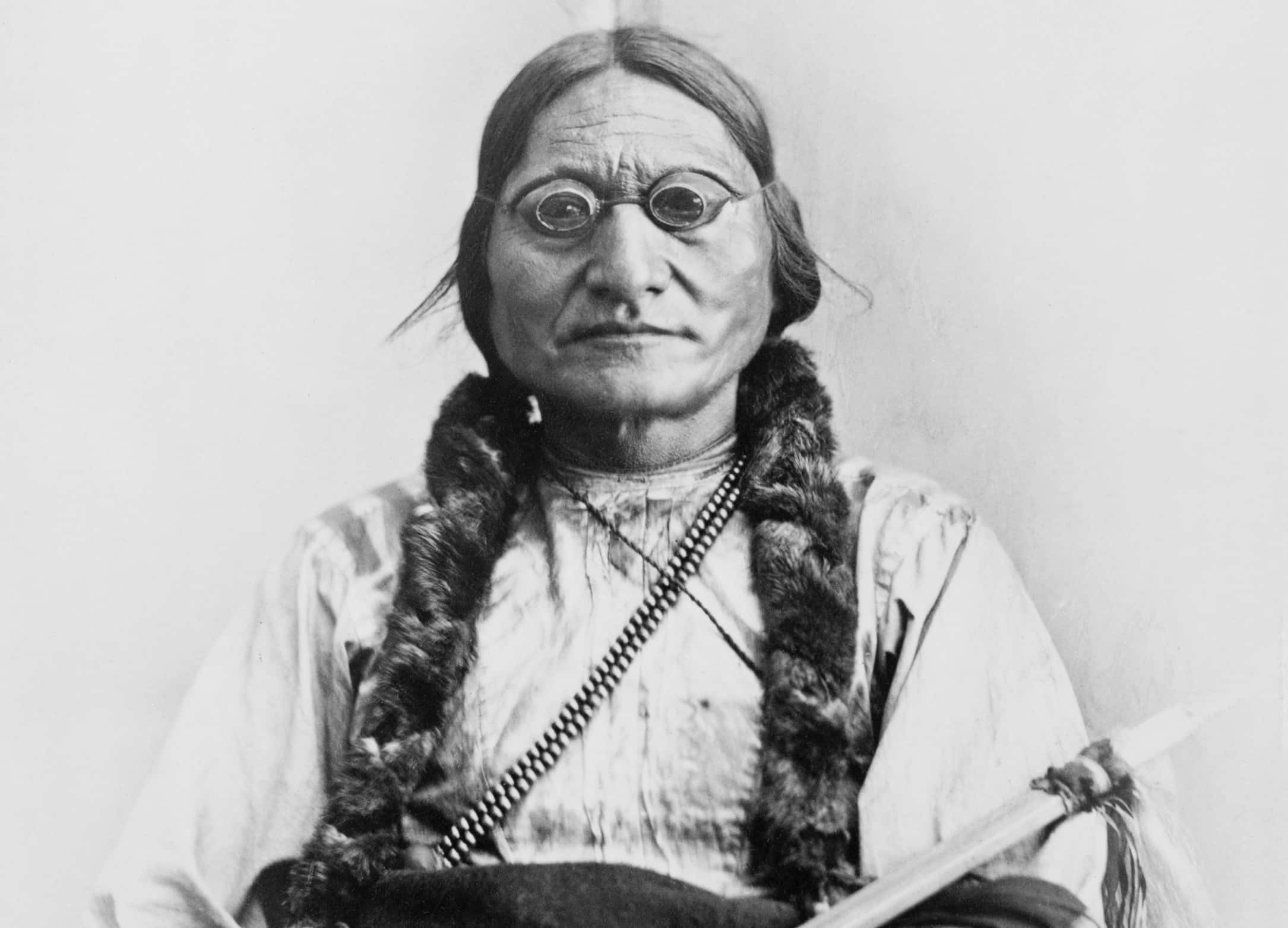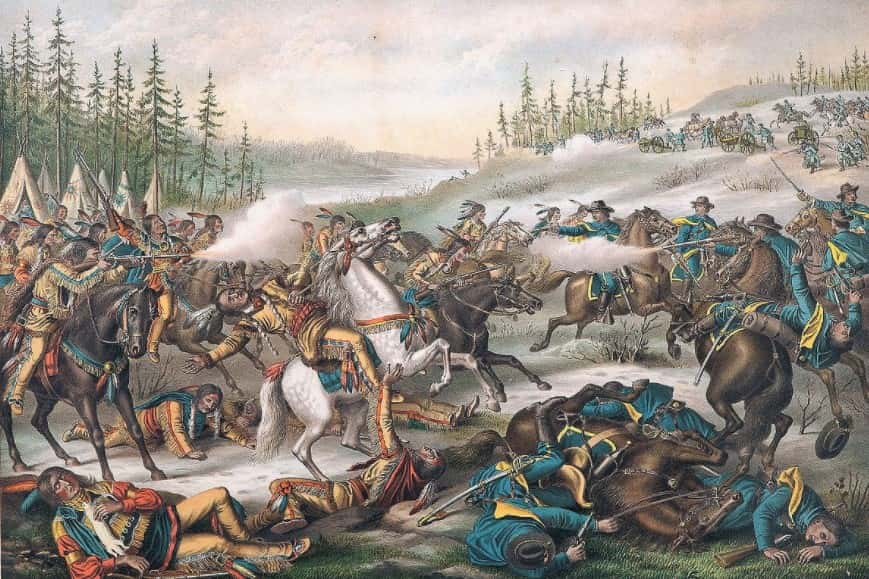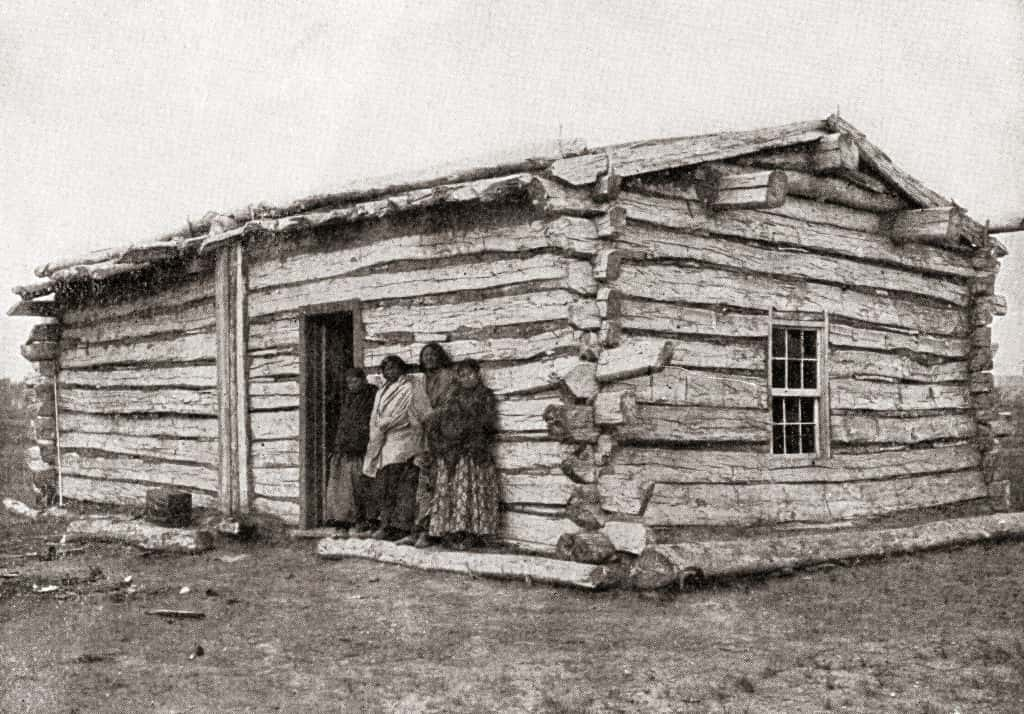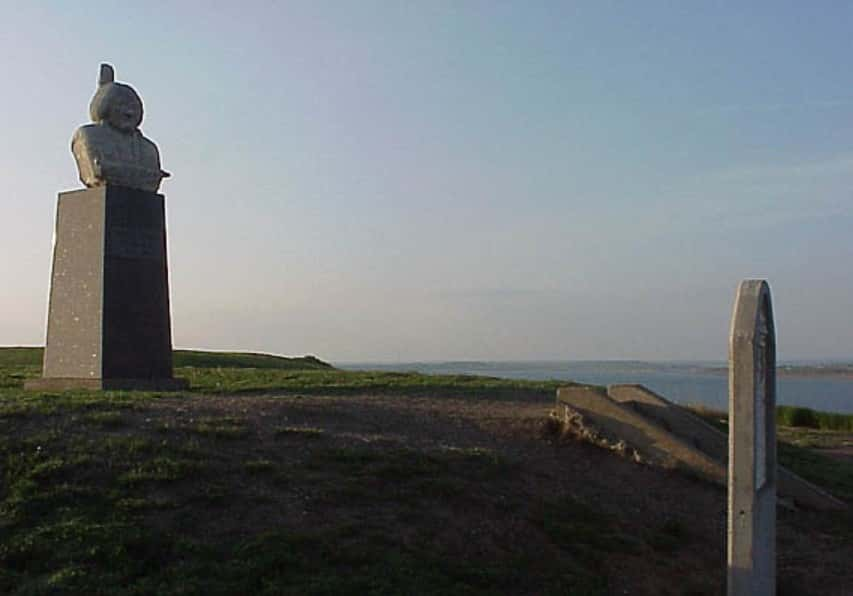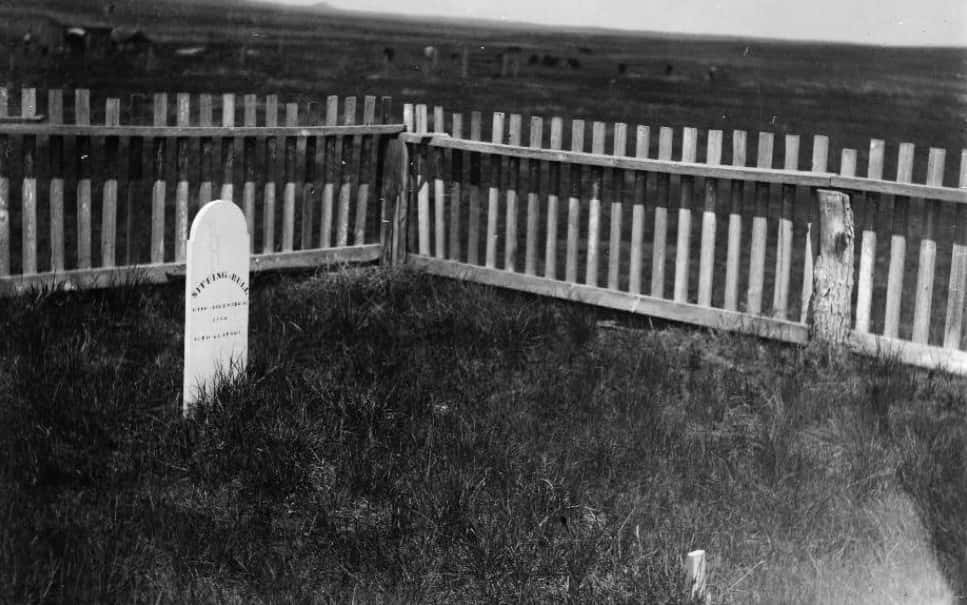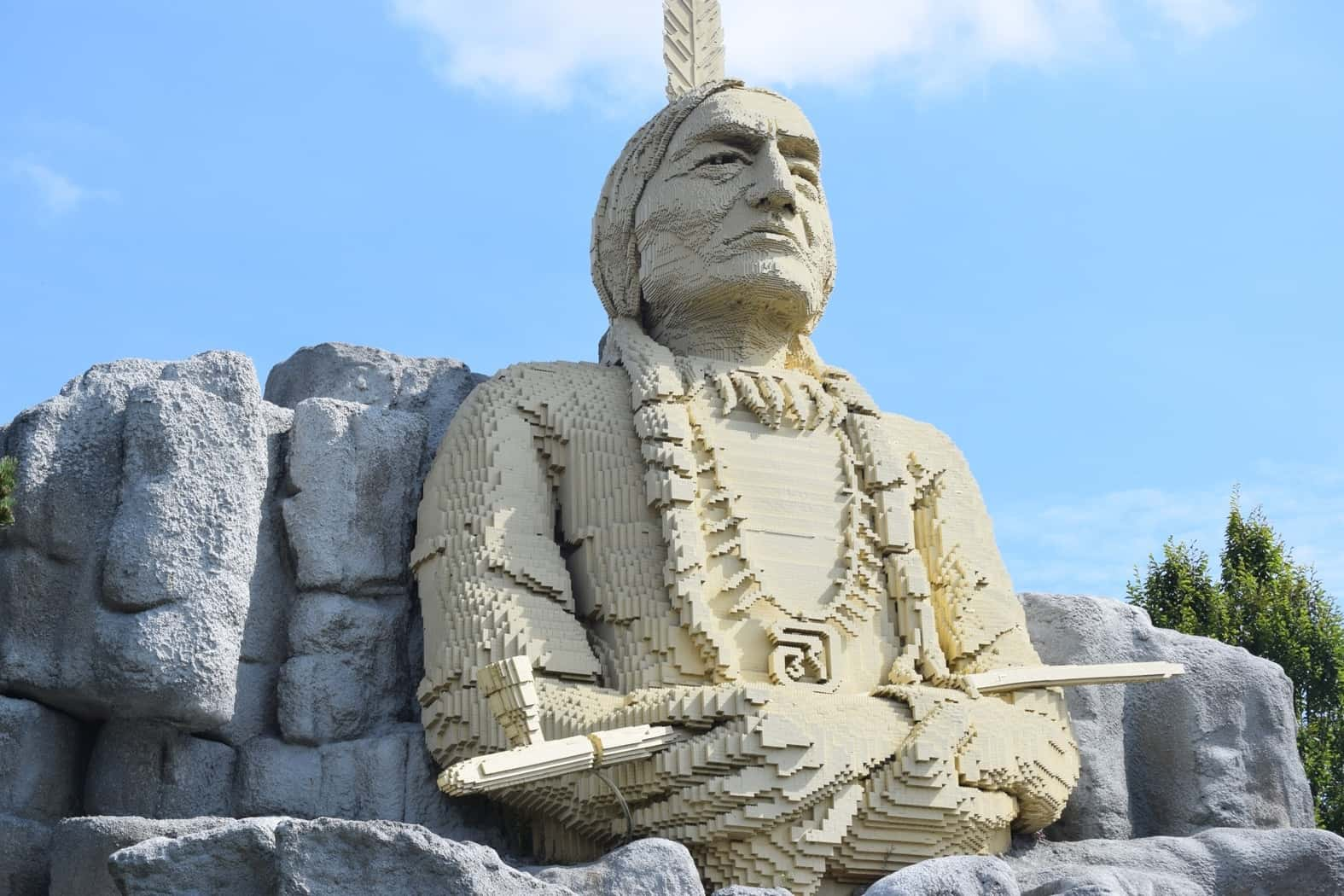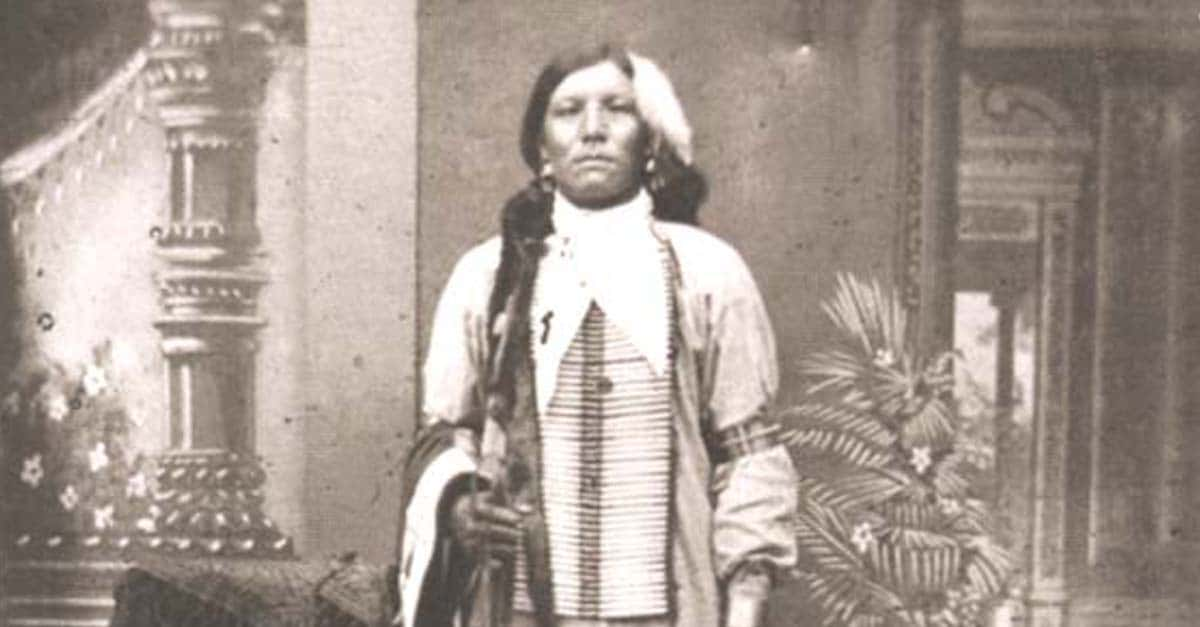One of the most powerful and well-known First Nations chiefs in American history, Sitting Bull proved himself a highly effective leader in both peace and conflict. Even as the United States government took arms against the First Nations, he defied them, even achieving a victory which has been stamped into history. However, history has ignored or forgotten much of his story. Here are remarkable facts about Sitting Bull, the hero of Lakota resistance.
1. Welcome to the World
Sitting Bull was born in 1831 along the Yellowstone River, in Dakota Territory. Currently, this region is close to Miles City in the state of Montana. He belonged to the Hunkpapa Lakota tribe, and his birth name was Jumping Badger. In Lakota tradition, he earned the name he eventually came to be known by.
2. Like the Turtle?
As a child, Sitting Bull was never hasty or excited. Rather ironic for a boy whose name was “Jumping Badger.” Instead, he had a cautious and thoughtful disposition. As a result, his tribe gave him the nickname Hunkesi, which translates to the word “Slow.”
3. Earning My Rep, Part I
Growing up on the plains in the 19th century, boys grew up fast. Despite being “Slow,” Sitting Bull was no exception. He slayed his first buffalo when he was only ten years old! But that was just the start of his maturity. At 14, he went on his very first raid. It was here that he first earned the moniker by which he’d forever be known.
4. Earning My Rep, Part II
With his father and uncle at his side, Sitting Bull traveled to a camp of Crow warriors to take their horses. Despite his youth—or maybe because of it—he leaped straight into the fray, impressing his fellow tribesmen with his courage. He also knocked a Crow warrior from his horse during the scuffle. This action was highly impressive and proved the boy’s manhood.
5. Well Done!
When the successful raiders came home, Sitting Bull’s father held a feast in honor of his son’s courage and prowess in battle. It was then that they gave him the new name Tȟatȟáŋka Íyotake. Translated literally, it means “Buffalo Bull Who Sits Down,” but they shortened it to “Sitting Bull.” They gave him an eagle feather to wear, a warhorse, and a buffalo hide shield.
6. First Clash, Part I
In 1862, the American Civil War raged, even as white settlers moved west into lands held by the First Nations. This led to the Dakota War of 1862, with hundreds slain on both sides. Surprisingly, Sitting Bull and his tribe didn’t participate, sitting out of the conflict. This wouldn’t matter, however, because the Americans wanted revenge.
7. First Clash, Part II
After winning the Dakota War of 1862, the US government sent men west to punish the First Nations, even those who didn’t participate in the conflict. Sitting Bull’s very first battle with the settlers was the Battle of Killdeer Mountain. Although the settlers outnumbered the First Nations, they defended their encampment bravely.
They defeated him and his allies, but he survived to fight another day.
8. Thank Your Lucky Stars!
Shortly after the Battle of Killdeer Mountain, Sitting Bull received his first recorded injury at the hands of US government. In September 1862, he ambushed a small company of men, leading the attack himself. During the fight, one of the men shot him in the hip, with the bullet exiting his back. Amazingly, the injury was minor.
Sadly, it wouldn’t be his last.
9. Red Cloud, Part I
For two years beginning in 1866, Sitting Bull led parties alongside Red Cloud. Red Cloud was another Lakota chief who led his people in a campaign against the encroaching settlers. He even scored victories in what historians later called Red Cloud’s War. He took on a supporting role to Red Cloud, raiding forts.

Sign up to our newsletter.
History’s most fascinating stories and darkest secrets, delivered to your inbox daily. Making distraction rewarding since 2017.
10. Red Cloud’, Part II
By 1868, Red Cloud and Sitting Bull had been so successful that they had the US government on their knees. The US wanted to settle differences with a treaty. When the government offered terms, Red Cloud agreed—but he doubted the government’s sincerity. In response to talks of treaties, his response was legendary.
He famously declared, "I wish all to know that I do not propose to sell any part of my country.” He then continued on the warpath.
11. First of His Title
Sitting Bull’s position as chief of the entire Lakota Sioux nation was completely unprecedented. By 1869, he knew that the Lakota Sioux needed to unite against settler encroachment. His uncle, Four Horns, led a campaign that carried that message to their entire tribe. That year, they chose Sitting Bull as the first chief to lead the entire nation.
12. Pan-Indian Leader
Throughout his time as a chief, Sitting Bull proved highly popular and influential amongst the First Nations for his bravery, prowess, and resilience against the US government. It wasn’t just Lakota Sioux who united under him. By the mid-1870s, he commanded forces that also included bands of Cheyenne and Arapaho tribesmen.
13. Inevitable Escalation
By the year 1871, Sitting Bull turned his raiders to face a new enemy advancing against them. Part of the US government’s plan to “civilize” the west was building a transportation infrastructure into it. Representatives from the Northern Pacific Railway conducted a survey into Lakota territory. When Sitting Bull defied the surveyors, they returned the following year with backup.
14. You Don’t Scare Me!
Contemporary Americans on the government’s side of things wrote that Sitting Bull resisted the Northern Pacific Railway’s construction “most vigorously,” but this doesn’t really do Sitting Bull any credit. During one skirmish in 1872, Sitting Bull wanted to show his enemies how little he feared them. He did it in one of the most unforgettable ways you can imagine.
As bullets flew between men from the US and his own warriors, the middle-aged chief sauntered out in the middle of the crossfire. In what historians later described as “the bravest deed possible,” Sitting Bull lit and smoked his pipe, all while bullets kept flying, even inviting others to join him. When he was done, he cleaned his pipe and strolled to safety, as if he didn’t have a care in the world!
15. The Outside World’s Influence, Part I
While we’d love to be able to say that Sitting Bull and his fighters drove the Northern Pacific Railway off their land through their own bravery and resistance, the Panic of 1873 ultimately defeated the railway. This was the name of the financial crisis that hit North America and Europe, leading to an economic depression that lasted four years.
One result of this economic crisis was the bankruptcy of the company behind the Northern Pacific Railway. The company halted all construction into Lakota territory almost overnight. It wasn’t nearly the end of Sitting Bull’s fights, however, because everything was about to change the following year.
16. The Outside World’s Influence, Part II
In 1874, George A. Custer—more on him later—led an expedition into the Black Hills region, deep in Sitting Bull’s territory. They technically weren’t allowed to be there without permission, according to the Treaty of Laramie, but it wasn’t the first time that the US violated a treaty with First Nations. Custer made things worse by announcing that he’d found gold.
The Black Hills Gold Rush was triggered immediately, and this led to the creation of the mining town known as Deadwood—you’ve probably heard about this place. The entire time, it was still technically in land promised to Sitting Bull and his people, but this didn’t stop the miners from chasing their fortunes. Unsurprisingly, Sitting Bull didn’t take this lying down, and he launched raids against the invaders.
17. “Hear Me Roar” Wasn’t a Thing Yet
As you can imagine, Sitting Bull became well known as a brave and clever chief. However, he was also a highly accomplished warrior, wearing several red feathers in his hair. In Lakota tradition, each red feather represented a wound taken in battle. So fearsome was his reputation that his warriors shouted “Sitting Bull, I am he” as a cry to terrify their enemies!
18. Dirty Trick
In the middle of the Black Hills Gold Rush, Sitting Bull and his people became a liability to the US government, but since they had a peace treaty with Sitting Bull, they were in a stalemate. So, like the government did so many times before, they found a loophole. They ordered Sitting Bull to return to their reservations, setting January 31, 1876, as a deadline—and they had a sinister trick up their sleeve.
Sitting Bull was willing to honor the request, but that meant traveling 240 miles in the middle of winter! It didn’t matter, because the government set him up to fail. Once Sitting Bull and his people couldn’t make it back in time, they were deemed “hostile,” which justified the government’s retaliations.
19. Holy Man, Part I
During his life, Sitting Bull was known as a “Wichasa Wakan,” which was a Lakota term for a prophet. In the summer of 1876, when the US was bearing down on the Sioux and Cheyenne, Sitting Bull performed a special “Sun Dance” to gain spiritual advice on what to do about the conflict. His ritual involved cutting his arms 50 times each and dancing for hours. Unsurprisingly, he collapsed into a trance!
20. Holy Man, Part II
The ritual proved fruitful, though, for when Sitting Bull awoke, he spoke of a great vision he’d seen. Men had fallen out of the sky like grasshoppers, falling amongst his camp. He summed it up by declaring “The Great Spirit has given our enemies to us. We are to destroy them.” This inspired his followers and allies to go to battle and secure a victory that nobody ever forgot!
21. My Own Man
One reason why Sitting Bull proved so willing to stand up to the US government was that he never depended on them to survive. Most of his contemporaries were, by that point, utterly dependent on supplies and food from the government, since they’d broken the back of the First Nations in the plains. Sitting Bull and his tribe continued to eke out a living on their own despite the odds.
22. Assemble!
When it was time to resist the US army in 1876, Sitting Bull’s self-reliance was crucial to gathering allies. He promised food to those who’d been starving thanks to the government’s cruel neglect. Tribal identity was forgotten as more and more people gathered to Sitting Bull’s camp. The number of men, women, and children said to be part of Sitting Bull’s village was more than 10,000 by the time George Custer arrived!
23. Wait, What? Where Was He?
We won’t talk about how the Battle of Little Big Horn was won, and how George Custer and 210 cavalrymen were lured into a trap and slaughtered by 2,000 First Nations warriors. This is because Sitting Bull wasn’t actually there! While he’d gathered the army together, he didn’t lead it for once. That honor went to his nephew, White Bull, and the leader known as Crazy Horse.
24. Taking a Back Seat
If you’re curious about where Sitting Bull was when his great plan was being carried out, you’ll probably be surprised. Sitting Bull—who was in his mid 40s by then—stepped back so younger men could take the fight to Custer. Instead, Sitting Bull stayed at the camp and watched over the civilian population, in case something went wrong.
25. It’s the Thought that Counts
In 2010, US President Barack Obama released a children’s book titled Of Thee I Sing. Obama wrote it as a "tribute to thirteen groundbreaking Americans and the ideals that have shaped our nation” and these included Sitting Bull. All the book’s proceeds financed a scholarship fund for children whose parents were fallen or disabled US service personnel. To be honest, though, we’re not sure how Sitting Bull would have liked that.
26. His Finest Hour?
Throughout history, the Battle of Little Big Horn was considered as Custer’s heroic last stand, or his great folly. However, historians were slower to credit the battle as Sitting Bull’s victory over US cavalry. In 2010, Gary C. Anderson’s Sitting Bull and the Paradox of Lakota Nationhood attempted to amend this omission by viewing the battle from Sitting Bull’s perspective.
27. The Aftermath
Although the Battle of Little Big Horn was a complete victory for Sitting Bull and his allies, they all knew that worse was coming. As a result, they scattered into the plains. In Sitting Bull’s case, he led his people deep into Montana, where they spent the rest of 1876 surviving on whatever buffalo they could find. Even they couldn’t avoid the US's men, however.
28. No Thanks, Bub!
In the autumn of 1876, Sitting Bull met with Colonel Nelson A. Miles to parley. Miles urged Sitting Bull to surrender peacefully and avoid any unnecessary bloodshed. However, Sitting Bull was irritated that he was being treated like the loser when it was his side that won at Little Big Horn! Despite his desire for peace, his pride led him to refuse the terms Miles offered.
29. There Must Be an Explanation!
We can’t stress how shocked the US white population was by Sitting Bull’s prowess in battle—and it had bizarre side effects. While he was ultimately unsuccessful, the victories he won and the intelligence he showed caused several rumors to spread. The most fanciful of these rumors was that Sitting Bull had secretly attended the academy at West Point!
Because how else could he have defeated white people in battle, right?
30. Time to Go
Furious at Sitting Bull’s refusal to surrender, Colonel Nelson A. Miles increased pressure on his people in Montana. On top of that, Sitting Bull’s people were having trouble finding food and were constantly on the move. By 1877, Sitting Bull had to admit it was time to move on, but where could he go? Eventually, Sitting Bull led his people north, into Canada.
31. O, Canada
When Sitting Bull arrived in Canada for the first time, he settled near Wood Mountain (now part of Saskatchewan). In the first year, he and his people found plenty of food and Sitting Bull was content. However, some of his warriors got bored, and started to make trouble with their neighbors. Additionally, the Canadian government was nervous about more than 5,000 new arrivals.
As a result, they sent someone to talk to Sitting Bull…
32. James & the Bull Who Sits, Part I
James Morrow Walsh was an officer of the North-West Mounted Police, later known as the RCMP. He was sent to treat with Sitting Bull. He promised to treat the thousands of Lakota Sioux fairly but pointed out that they needed to follow the law in return. Sitting Bull respected Walsh’s moral code and the men became friends. Walsh even moved his headquarters to Wood Mountain.
33. From Foes to Friends
While Sitting Bull was in Canada, he met with the chief known as Crowfoot. Crowfoot was a leader of the Blackfoot tribe, a traditional enemy of the Lakota Sioux. However, Sitting Bull and Crowfoot both preferred to make peace with each other, and they developed a great respect for each other. Sitting Bull even named one of his sons after Crowfoot!
34. Let’s Get Out of Here
Although Sitting Bull spent four years in Canada, things got worse and worse. The buffalo herds moved on, and he was forced to take rations from the government. Americans promised plenty of food on their reservations, and most of his followers believed the stories and went south again. Moreover, the Canadians didn’t want Sitting Bull around, as he was wanted by the US law.
Eventually, in 1881, Sitting Bull gave up and led the last of his band—just over 180 sick or old people – out of Canada.
35. James & the Bull Who Sits, Part II
One of the biggest obstacles to Sitting Bull’s departure from Canada was none other than James Morrow Walsh, the NWMP officer assigned to the Sioux Lakota. Walsh had been told to persuade Sitting Bull to get out, but the two men were such good friends that they saw Walsh as a hindrance rather than a help! Walsh was transferred away in 1880.
For what it’s worth, Sitting Bull and Walsh left on positive terms. It’s said that before Sitting Bull left Canada forever, he traveled to Walsh and gifted him with a ceremonial headdress. No word on whether they wept when they said goodbye, but we’re certainly wiping away a tear…
36. Ill-Fated Son
Speaking of Sitting Bull’s son Crow Foot, we know little about his life, but we do know that he had at least six siblings—that’s four brothers and two sisters. Crow Foot traveled south with his father, where they surrendered to US authorities at Fort Buford in 1881. Tragically, when Sitting Bull was slain in 1890—more on that later—the life of Crow Foot was taken alongside his father.
37. Big and Small Screen
Beginning in 1914, Sitting Bull has been portrayed in over a dozen films and television series about himself, Annie Oakley, or the conflict between the US government and the First Nations. Some of the actors who have portrayed him include Russell Means, Chief Thunderbird, and Michael Greyeyes. A documentary on his life, Sitting Bull: A Stone in My Heart, was released in 2008.
38. Surrender
When Sitting Bull and his last followers returned to the United States, they gave themselves up to Major David H. Brotherton at Fort Buford. When it was time for him to give up his arms, Sitting Bull faced the four men who witnessed the event and made a heartbreaking announcement. He said: "I wish it to be remembered that I was the last man of my tribe to surrender my rifle."
39. Dangerous Even in Defeat
After his surrender, Sitting Bull and his family were transferred from one fort to another as prisoners. The US was afraid that even though he was in custody, Sitting Bull would inspire revolts among the First Nations wherever he was kept. In total, Sitting Bull spent more than 20 months as a prisoner before he was allowed to travel to the Standing Rock reservation.
40. Annie & the Bull Who Sits, Part I
In 1884, Sitting Bull visited St. Paul, Minnesota, where he encountered the famous sharpshooter Annie Oakley. He was so impressed by a display of her marksmanship that he sent $65 dollars to her hotel in payment for an autograph. According to Oakley herself, “I sent him back his money and a photograph, with my love, and a message to say I would call the following morning,”
41. Annie and the Bull Who Sits, Part II
Annie Oakley kept her promise to Sitting Bull, visiting him the next day. As Oakley later claimed, “The old man was so pleased with me, he insisted upon adopting me.” To Oakley’s credit, she didn’t refuse him, and allowed him to christen her “Little Sure Shot” a name she used for the rest of her life. He also gifted her with the moccasins he wore during Little Big Horn!
42. Star Attraction?
Sitting Bull was reunited with Annie Oakley in 1885 when he joined Buffalo Bill Cody’s Wild West travelling show as a performer. Earning $50 per week, Sitting Bull rode a horse during each show’s opening procession while he was dressed in full battle regalia. Apparently, Sitting Bull considered his work a simple way to make money, but also a chance to educate white Americans on the plight of his people.
43. I’m a Man, not a Monster!
Unfortunately, Sitting Bull’s hopes to educate the audiences of Buffalo Bill’s Wild West show were doomed. More often than not, Sitting Bull was vilified by the audiences, who booed him when he appeared. One Michigan reporter described him as being “as mild-mannered a man as ever cut a throat or scalped a helpless woman.” Small wonder that Sitting Bull got sick of traveling with the show…
44. I Have a Dream…
Aside from horseback riding, Sitting Bull also gave lectures and speeches while he was with Buffalo Bill’s Wild West show. He tried to reach out to his audiences, hoping for peace and understanding between the First Nations and white Americans. Of course, one persistent rumor claimed that he also cursed his audiences repeatedly, but only in his native language, so they didn’t understand him.
45. Trouble Brewing
By the end of the 1880s, Sitting Bull was living in poverty on the Standing Rock reservation, but he still wasn’t left in peace. This was because a cultural movement known as the “Ghost Dance” was sweeping reservations. The Ghost Dance was a religious movement praying for the return of the buffalo and the return of First Nations way of life. The movement spread rapidly among those suffering on reservations.
As you can imagine, the government feared that it was building up to more uprisings. Sitting Bull was suspected as being involved with the Ghost Dance movement, so they took fateful action once and for all.
46. Final Moments
On December 15, 1890, more than 40 officers of the law confronted Sitting Bull at his cabin in order to arrest him. Sitting Bull and his wife protested, during which time many of Sitting Bull’s followers confronted the men outside. When Sitting Bull was grabbed forcefully, his allies fought back. Gunfire broke out, and several men lost their lives. Sitting Bull, nearly 60 years old, was one of them.
47. The Whole Thing?
In 1893, just three years after Sitting Bull’s passing, his former cabin along the Grand River was removed from where it stood and brought to Chicago for the World’s Columbian Exposition. It became an exhibit at the Exposition, even as First Nations dancers also participated in the same event.
48. Welcome Home
In 1953, Sitting Bull’s Lakota family located what are thought to be his remains and exhumed them from where they rested. The remains were taken to Sitting Bull’s former home territory near Mobridge, South Dakota, and reburied. Years later, a stone monument in Sitting Bull’s image was also erected at the new grave in honor of the great chieftain.
49. Room for Doubt
While we certainly hope that Sitting Bull was laid to rest where he deserved to be, there is still some controversy. It was impossible to confirm that the remains which were exhumed really belonged to Sitting Bull, and some worry that it was a different person dug up. Rumors persisted for years that the great chieftain’s body had already been exhumed and buried in Manitoba, but it’s impossible to prove or disprove either way.
50. Warrior’s Heart
Reportedly, Sitting Bull’s last words were a rallying cry, and a final shout of defiance in the face of defeat. As he was dragged from his cabin, he allegedly shouted: “I am not going. Do with me what you like. I am not going. Come on! Come on! Take action! Let’s go!” It’s safe to say that he left this Earth boldly and full of fighting spirit, just as he’d lived his entire life.


